Beauty lies in the eyes of the beholder, they say.
Istanbul is truly a vibrant and beautiful city with a rich history. It has to offer anything you can only imagine...nature, seas, mountains, amazing landscapes, history, culture, interesting people and delicious food of all varieties.
There are plenty of ways to escape the crowds, and one of the best places to do this is to visit one of the many parks. Several of them were part of extensive palace complexes during the Ottoman era.
Today, I witness a metropolis still reflecting the beauty of the past with added touches of today, as it continues to modernize.
^-^
The Blue Mosque (Sultan Ahmet Camii)
Visiting this magnificent mosque is a must in your Istanbul sightseeing list !
The mosque is named after the Ottoman Sultan, Ahmet 1. The architect who built this mosque was Sedefkar Mehmet Aga (he was the chief architect of the Ottoman Empire).
Why the Blue Mosque? The ‘blue’ comes from the famous blue tiles from Iznik that adorn the interior walls and dome of the mosque. Outside, the mosque’s sequence of flattened domes is circled by six pointed minarets (four large pillars inside the mosque and two smaller ones outside).
^-^
Sultanahmet Park
Sultanahmet Park
Sultanahmet Park is a lovely park lying between Blue Mosque and Hagia Sophia with a large fountain in the middle.
This park is excellent for picnic and relaxation. It provides a spectacular view of Hagia Sophia and the Blue Mosque, especially at night when they are lit up.
Have a rest on a bench near the beautiful fountain and just admire the two imposing Istanbul landmarks, Hagia Sophia and The Blue Mosque.
View from the park towards The Blue Mosque.
^-^
Hagia Sophia
The Hippodrome
The Hippodrome, known as the Atmeydanı (horse arena) during the Ottoman era, served as an athletic ground in Byzantine times. It was also used for horse and carriage races, always for the honour of the Emperor.
Egyptian Obelisk
This is actually an obelisk removed from the Temple of Karnak at Thebes (now Luxor).
The last monument in Hippodrome Area is the "German Fountain" or "Fountain of Kaiser Wilhelm II". It is an octagonal building with water taps around which was constructed in 1898. Inside the fountain, there are lovely mosaics which depicts the signatures of Wilhelm II and Sultan Abdulhamit II, the sultan of that time.
This fountain was to commemorate the alliance of German Empire and Ottoman Empire against the allied powers of Russia, Great Britain, France and Japan before the World War I.
^-^
Basilica Cistern
There are hundreds of ancient cisterns hidden underneath the streets and houses of Istanbul. Cisterns were built during the reign of Emperor Justinian I in 532, around the interior of the walled city to meet the water needs of residents, particularly during wars.
Basilica Cistern is the biggest and most spectacular cistern in the city. It was cool, dark, tranquil, and mysterious !
After the Ottoman conquest of Constantinople, the Ottomans used the Cistern water to irrigate the gardens of Topkapi Palace. After they installed their own relatively modern water system, however, the Ottomans stopped using the Cistern’s water.
The ancient Cistern has attracted film directors as well (in 1963, James Bond movie From Russia with Love, directed by Terence Young).
^-^
Topkapı Palace
This park is excellent for picnic and relaxation. It provides a spectacular view of Hagia Sophia and the Blue Mosque, especially at night when they are lit up.
Have a rest on a bench near the beautiful fountain and just admire the two imposing Istanbul landmarks, Hagia Sophia and The Blue Mosque.
View from the park towards The Blue Mosque.
^-^
Hagia Sophia
Walking into this historic monument and place of worship, you feel quite overwhelmed by the stillness of the place.
Now a museum, the Hagia Sophia was built in the 6th century by the Roman Emperor Justinian, and was one of the largest basilicas in the Christian world. After the Ottoman conquest, it was converted to a mosque.
^-^Now a museum, the Hagia Sophia was built in the 6th century by the Roman Emperor Justinian, and was one of the largest basilicas in the Christian world. After the Ottoman conquest, it was converted to a mosque.
The Hippodrome
The Hippodrome, known as the Atmeydanı (horse arena) during the Ottoman era, served as an athletic ground in Byzantine times. It was also used for horse and carriage races, always for the honour of the Emperor.
Egyptian Obelisk
This is actually an obelisk removed from the Temple of Karnak at Thebes (now Luxor).
The last monument in Hippodrome Area is the "German Fountain" or "Fountain of Kaiser Wilhelm II". It is an octagonal building with water taps around which was constructed in 1898. Inside the fountain, there are lovely mosaics which depicts the signatures of Wilhelm II and Sultan Abdulhamit II, the sultan of that time.
This fountain was to commemorate the alliance of German Empire and Ottoman Empire against the allied powers of Russia, Great Britain, France and Japan before the World War I.
^-^
Basilica Cistern
There are hundreds of ancient cisterns hidden underneath the streets and houses of Istanbul. Cisterns were built during the reign of Emperor Justinian I in 532, around the interior of the walled city to meet the water needs of residents, particularly during wars.
Basilica Cistern is the biggest and most spectacular cistern in the city. It was cool, dark, tranquil, and mysterious !
After the Ottoman conquest of Constantinople, the Ottomans used the Cistern water to irrigate the gardens of Topkapi Palace. After they installed their own relatively modern water system, however, the Ottomans stopped using the Cistern’s water.
The ancient Cistern has attracted film directors as well (in 1963, James Bond movie From Russia with Love, directed by Terence Young).
^-^
Topkapı Palace
Topkapı Palace (was built in between 1453-1478) which was used as the centre of administration and residence of dynasty in İstanbul the capital city of the Ottoman Empire. It was completed only two decades after Fatih Sultan Mehmet conquered the city.
Members of the Ottoman dynasty inhabited in the palace until they moved to the Bosphorus Palaces in the 19th century. By the order of Atatürk, Topkapı Palace was opened to visit as a museum after the proclamation of the republic in April 3, 1924.
Members of the Ottoman dynasty inhabited in the palace until they moved to the Bosphorus Palaces in the 19th century. By the order of Atatürk, Topkapı Palace was opened to visit as a museum after the proclamation of the republic in April 3, 1924.
The great palace of the Ottoman sultans, exhibiting imperial treasury, sacred Islamic relics of Prophet Mohammed, exquisite collection of precious gems, Chinese porcelain, weapons, robes worn by the sultans, calligraphy section, etc.
^-^
^-^
Süleymaniye Mosque
This is the largest mosque in Istanbul, was built between 1550 and 1558 on the orders of Sultan Suleyman the Magnificent. It is widely known as imperial architect Sinan’s greatest masterpiece. Just like most imperial mosques, the Süleymaniye Mosque is more than just a place of worship.

Apart from the praying hall (camii) and courtyard (avlu), the complex also included four Quran schools (medrese), bath houses (hamam), a hospital, a caravanserai (kervansaray, a roadside inn where travelers could rest) and a public kitchen (imaret) which served food to the poor; Muslims, Christians and Jews alike.
Tombs of Süleyman, Roxelana and Sinan
In the garden behind the main mosque there are two mausoleums including the tombs of Sultan Süleyman I, his wife Roxelana, his daughter Mihrimah, his mother Dilaşub Saliha and his sister Asiye. The sultans Süleyman II and Ahmed II, are also buried here.
^-^
Taksim Square
Therefore the Square took its name from the big stone reservoir located on the west side of the square (taksim means distribution in Turkish).
This square now is also the turnaround point for the old tram which is the only vehicle permitted on Istiklal Street beside official (police and government) cars.
The Independence Monument (İstiklal Anıtı) in the circle at the southern end of the square commemorates the Turkish Republic's founder, Kemal Atatürk, in both his roles, as military commander-in-chief and as statesman.
^-^
Dolmabahce Palace
Dolmabahce Palace is on the European side of the Bosphorus, in the district of Besiktas. Dolmabache Palace was ordered to be built by the Empire's 31st.
Sultan, Abdulmecid I, and built between the years 1843 and 1856 by Karabet Balyan, the court architect of Sultan Abdulmecid. The construction works cost five million Ottoman mecidiye gold coins, equivalent to 35 tonnes of gold.
The design contains eclectic elements from the Baroque, Rococo and Neoclssical styles, blended with traditional Ottoman architecture.
The clock tower was added to Dolmabahçe Palace. It was ordered by Ottoman sultan Abdülhamid II (1842–1918) and designed by the court architect Sarkis Balyan between 1890 and 1895.
^-^Sultan, Abdulmecid I, and built between the years 1843 and 1856 by Karabet Balyan, the court architect of Sultan Abdulmecid. The construction works cost five million Ottoman mecidiye gold coins, equivalent to 35 tonnes of gold.
The design contains eclectic elements from the Baroque, Rococo and Neoclssical styles, blended with traditional Ottoman architecture.
The clock tower was added to Dolmabahçe Palace. It was ordered by Ottoman sultan Abdülhamid II (1842–1918) and designed by the court architect Sarkis Balyan between 1890 and 1895.
Beylerbeyi Palace
Beylerbeyi Palace, summer residence of the sultans, is located at Beylerbeyi neighborhood on the Asian shore of the Bosphorus. Built on orders of the Ottoman Sultan Abdulaziz (1861-1876),
Beylerbeyi is a delightful, imperial residence. Head architects Sarkis Balyan and Agop Balyan (imperial architects of Armenian origins) built the palace in French neo-baroque style with a traditional Ottoman house plan.
The gardens are full of different kind of trees, with a great view of the Bosphorus, and two small sea kiosks by the pier which were used by the sultans to have their tea or coffee enjoying the ships and boats passing.
^-^
Parks of Istanbul have even more to offer, a great view and fresh air of Bosphorus.
The Yıldız Park
The Yıldız Park (Yıldız Grove) is located in Besiktas, Istanbul. It was once part of the imperial garden of the Yıldız Palace. Extending down the slopes from the palace, this walled park was reserved only for palace dwellers during the reign of Sultan Abdulhamid II.
The area of Yıldız used to be a forest in Byzantine times. Currently Yıldız Park is a beautiful garden complex with set in a very large park of flowers, plants and trees, gathered from every part of the world dating from the Ottoman era.
Park grounds offer panoramic views of the Bosphorus. Today, the park is a popular picnic place especially for the weekends.
Park grounds offer panoramic views of the Bosphorus. Today, the park is a popular picnic place especially for the weekends.
^-^
Pierre Loti Hill
Julien Viaud known as ‘Pierre Loti’, a French naval officer and novelist who lived between 1850-1923, made his first visit to Istanbul at the age of 26.
He was so enchanted by the Ottoman culture and beauty of Istanbul. Loti has written another book, La Turquie Agonisante (Turkey in Agony) and has been regarded as a sympathiser of the Ottomans. Sultan Mehmet Reşat welcomed him on one of his visits with an official ceremony.
Later in 1921, the new parliament sent him message of gratitude for his support of the Independence War and named an avenue and a coffee house on Eyüp hill with his name.
The hill with a panoramic view of the Golden Horn and the historical peninsula is still called as ‘Pierre Loti Hill’.
^-^
The Golden Horn
The Golden Horn is a horn-shaped fyord on the European side of Istanbul and is fed by two small streams. It is a natural harbor where Byzantine and Ottoman fleet and commercial ships were anchored.
Today, it is surrounded by parks and promenades with ancient sites around it. Its name comes from the color of the water when at sunset it shines with a gold color because of the reflection of the sun.
View of The Golden Horn from Pierre Loti Hill
This short river/estuary was the commercial heart of the city, serving as the principal harbor of Byzantium, Constantinople and Istanbul for 2000 years, until the mid-20th century.
There was no bridge over the Golden Horn before the 19th century. Small boats provided transportation between the two shores. The first Galata Bridge, which connects present day Karaköy to Eminönü was built in 1836, rebuilt in 1845, again in 1912, and lastly in 1993.
^-^
Çamlıca Hill
Çamlıca is split into two hills: Küçük Çamlica (‘Little Pine Hill’) and Büyük Çamlica (‘Big Pine Hill’). Büyük Çamlica is the highest point in Istanbul at 267m above sea level, offering a unique perspective on the city.
The views from Büyük Çamlica are truly amazing, with a panoramic vista of all of Istanbul’s main waterways, the Bosphorus Bridge, the historic Eminonu Peninsula and the Princes' Islands.
^-^
Bosphorus Bridge
Bosphorus is the strait between the Black Sea and the Sea of Marmara. At 1560 meters long, The Bosphorus Bridge is one of two bridges that spans the Bosphorus Strait, connecting the European and Asian sides of Istanbul.
It stretches from Ortakoy on the European side to Beylerbeyi on the Asian side and is sometimes referred to as the First Bosphorus Bridge. It was the fourth longest suspension bridge in the world when it opened in 1973 and today, it is the 21st longest suspension bridge in the world.
The Bosphorus Bridge
Beylerbeyi Palace, the summer residence of the sultans -view from Bosphorus Strait.
The Rumeli Fortress
The Rumeli Fortress was built by the sultan Mehmet the Conqueror in 1452 in preparation for the final attack on Constantinople, which led to the downfall of the Byzantine Empire. It is located at the narrowest section of the Bosphorus Strait.
Today, the fortress is open to the public as an open-air museum and hosts many concerts and dramatic performances in its amphitheater usually during the summer months.
^-^
Galata Bridge
This bridge was built in 1992 to replace an older, iron structure and the three bridges before that. At a length of almost 500 metres, the Galata Bridge has a walkway and lanes for traffic and for the city’s tramway.
It is also a place where the city’s locals gather to fish, eat, drink, smoke and shop.
^-^
The Princes' Islands
Galata Bridge
This bridge was built in 1992 to replace an older, iron structure and the three bridges before that. At a length of almost 500 metres, the Galata Bridge has a walkway and lanes for traffic and for the city’s tramway.
It is also a place where the city’s locals gather to fish, eat, drink, smoke and shop.
^-^
The Princes' Islands
The six islands named Buyukada, Heybeliada, Kinaliada, Burgazada, Kasikadasi and Sedefadasi form the Princes' Islands, about 20 km southeast of the center of Istanbul in the Sea of Marmara.
The Princes' Islands (Isles) have taken the name from the exiled princes during the Byzantium era. The majority of the population of the islands are Greek, Armenian, Jewish and some Syrian Christinas.
Büyükada, the most interesting island. The quiet ambience of a century ago is preserved today as no private motor vehicles are allowed on any of the island. Everyone walks, or rides bicycles, or takes horse-drawn carriages.
The Princes' Islands (Isles) have taken the name from the exiled princes during the Byzantium era. The majority of the population of the islands are Greek, Armenian, Jewish and some Syrian Christinas.
Büyükada, the most interesting island. The quiet ambience of a century ago is preserved today as no private motor vehicles are allowed on any of the island. Everyone walks, or rides bicycles, or takes horse-drawn carriages.
^-^
Istanbul Streetscape
The diversity of new and heritage architectural features in Istanbul illustrates a colourful, growing city.
From old palaces, mosques, churches, museums and aqueducts, to modern 5 star hotels, apartments, offices, restaurants and suspension bridges, provides the growing tourist industry with an interesting streetscape.
^-^The diversity of new and heritage architectural features in Istanbul illustrates a colourful, growing city.
From old palaces, mosques, churches, museums and aqueducts, to modern 5 star hotels, apartments, offices, restaurants and suspension bridges, provides the growing tourist industry with an interesting streetscape.
Public Transportation in Istanbul
İstanbul is full of taxis.
An excellent tramway service. Trams run every five minutes from 6am to midnight.
The bus system in İstanbul is extremely efficient.
The most enjoyable way to get around town is by ferry. Crossing between the Asian and European shores, these vessels are as efficient as they are popular with locals.
There are also long distance trains, local trains, subway and light railway in Istanbul.
^-^
Turkish Cuisine
You can find a great variety of mouth watering dishes in Turkish cuisine which is mostly the heritage of Ottoman cuisine.There are also long distance trains, local trains, subway and light railway in Istanbul.
^-^
Turkish Cuisine
In Istanbul, you will see köfte (Turkish meatballs) served just about everywhere. These delicious Koftes are in Sultanahmet.
Turkish mix meze starter.
Chicken wings to die for!! They were flavored very subtly but extraordinarily moist and fantastic in taste. The salad, rice and Turkish flat bread that came with the wings.
These boats are one of the symbols of Istanbul.
At the stall, they are selling fish sandwiches in Eminönü. The mackerel fish is directly grilled on the boat and then put in a half-bread together with some salad and onions.
Fish sandwich
Lokum (Turkish Delight), was an instant hit, especially at the Ottoman palaces. Lokum is now made and sold in thousands of shops throughout Turkey, and enjoyed with Turkish tea or coffee, or just by itself.
Street vendor selling roasted chestnut and corn in Istanbul.
A vendor selling Turkish ice cream.
Traditional Turkish ice cream (Dondurma - "freezing") is chewy, thick and has an elastic texture.
Mountains of cherries.
'Erik' means plum in Turkish, one of those Turkish seasonal foods. Erik is another example of the strange Turkish love of unripe fruit - sour but crunchy. They're bought to eat as nibbles and dipped in salt before you take a bite.
You may also enjoy fresh squeezed pomegranate juice.
Last but not least...Turkish coffee (Türk kahvesi) plays an important role in Turkish society.
There is no shortage of breathtaking views from the city. I was in another world !!!
The dynamic city of Istanbul has awakened the senses and different feelings within you...
Till then. :)


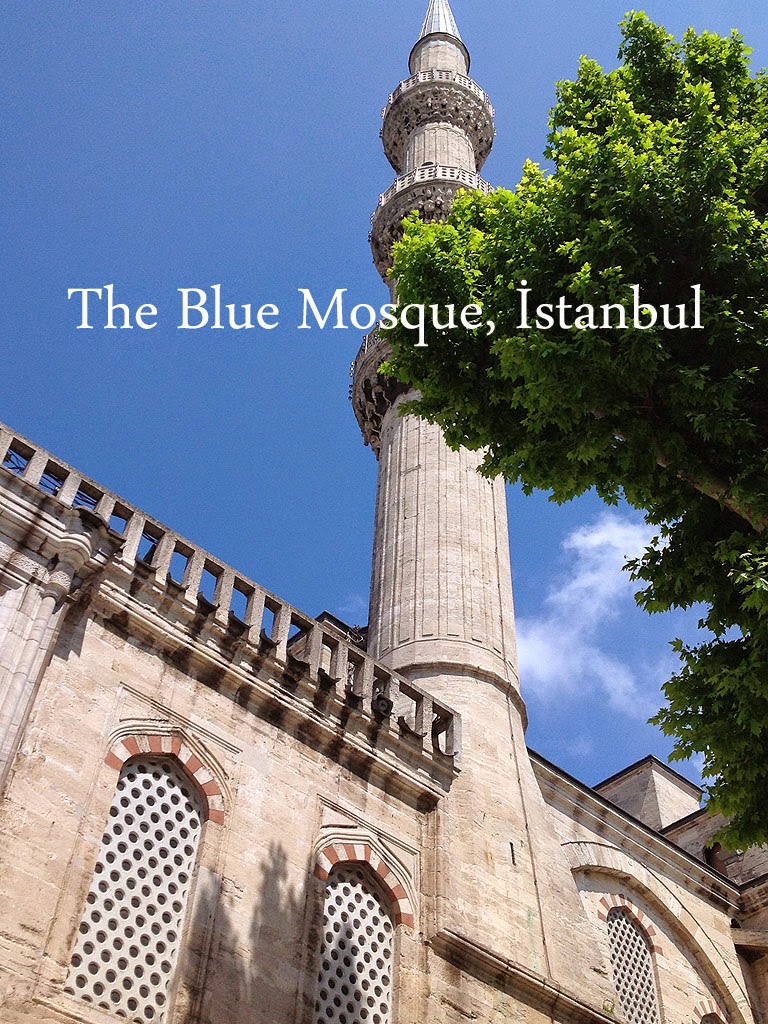






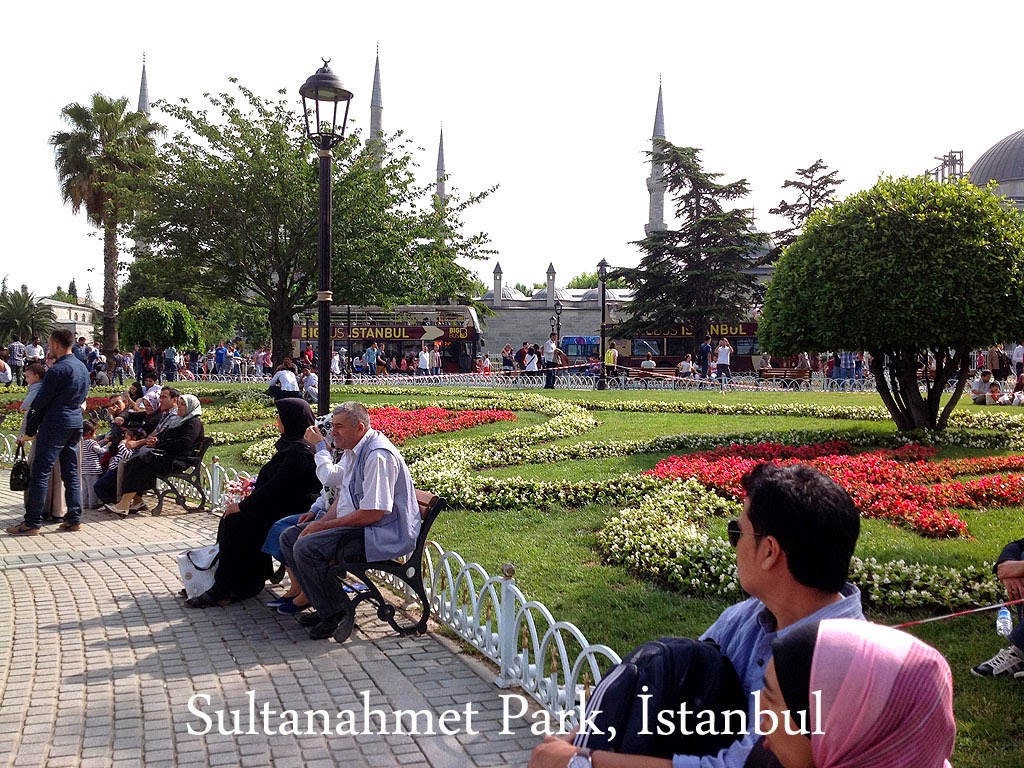
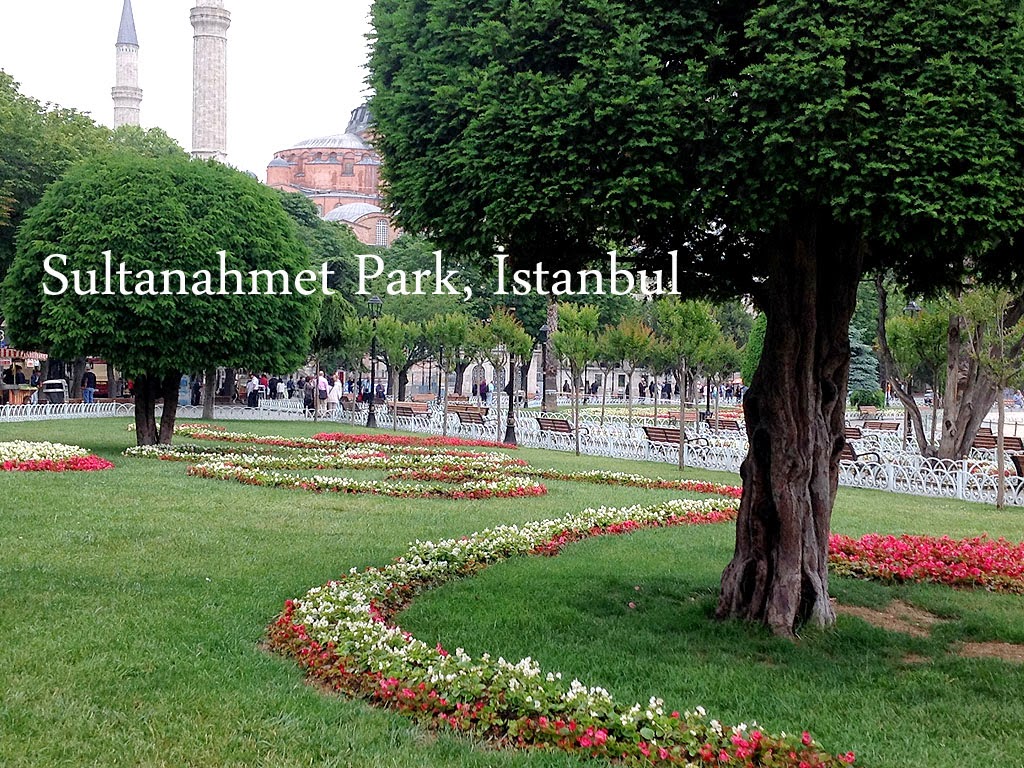

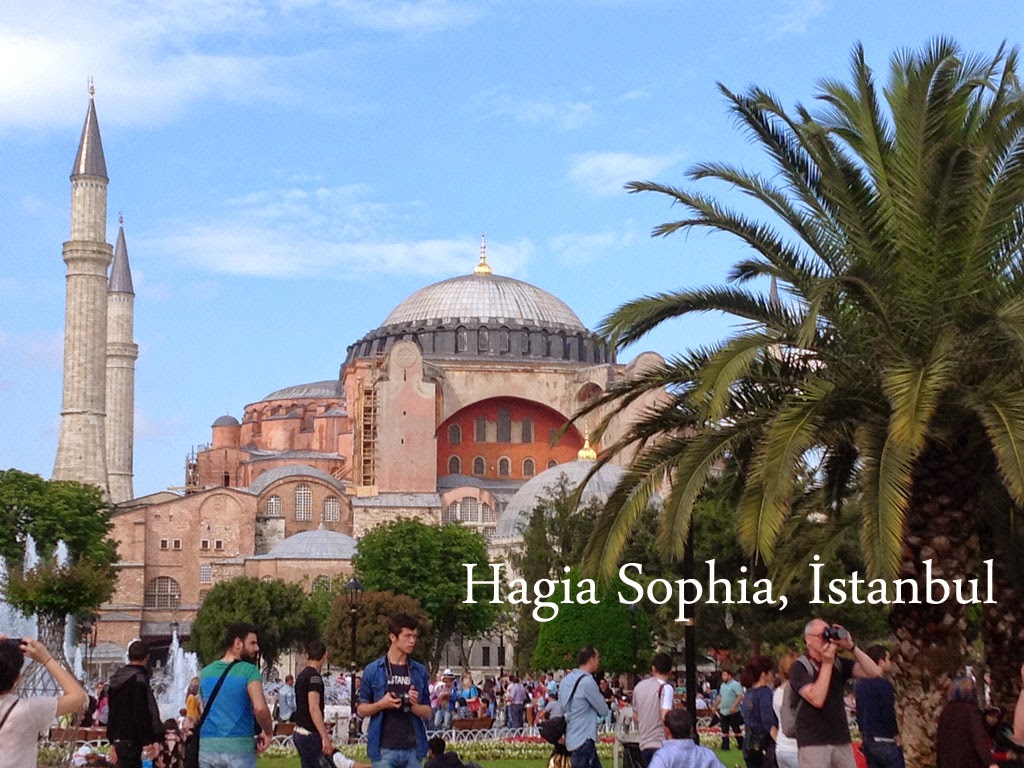
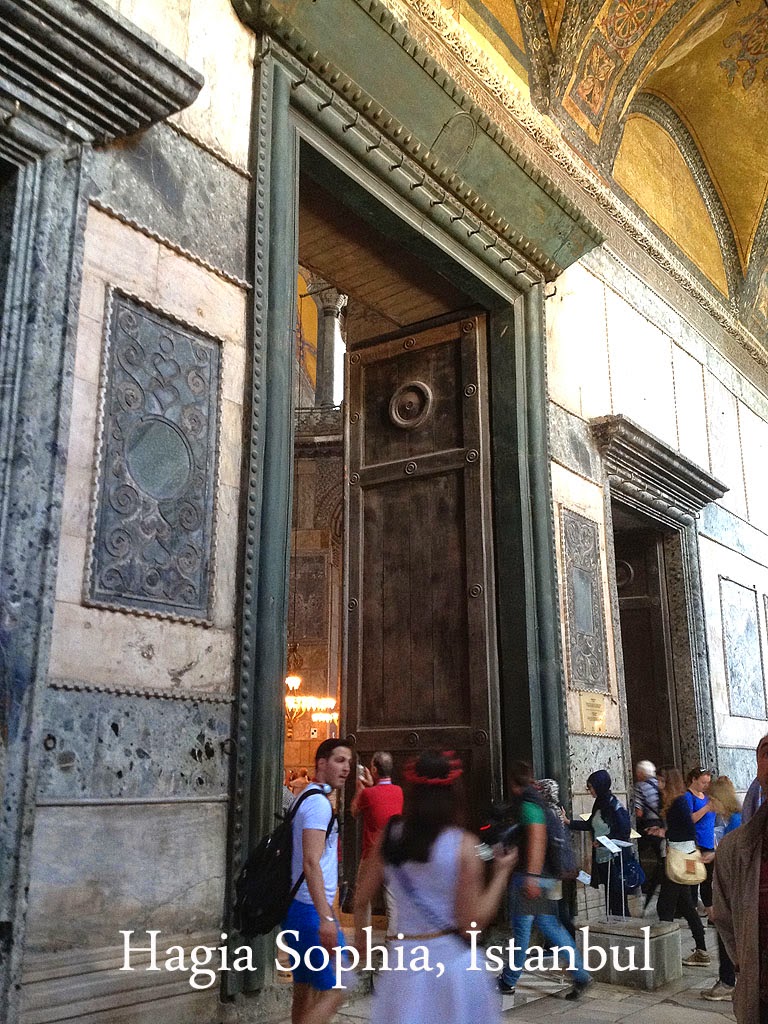



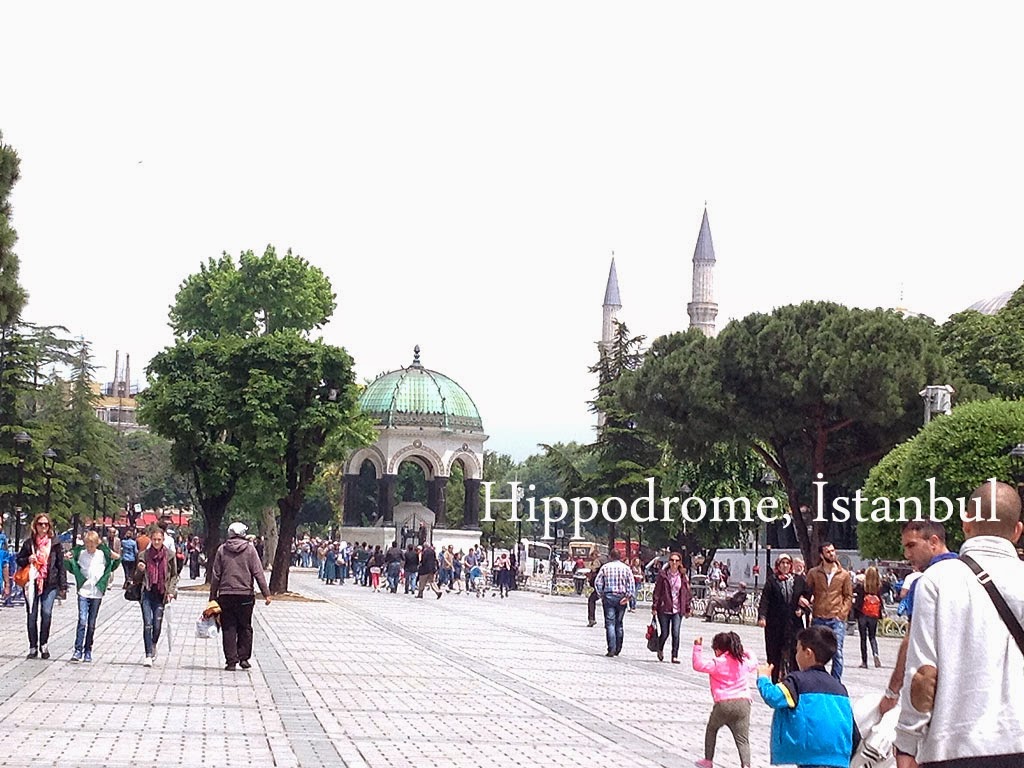


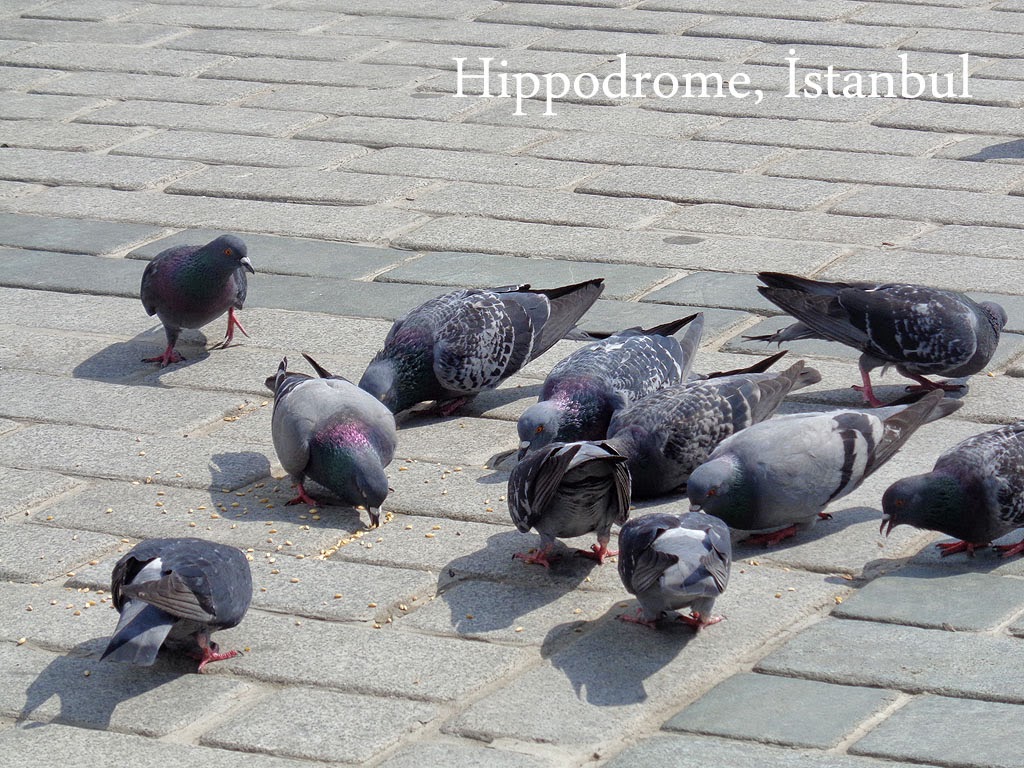
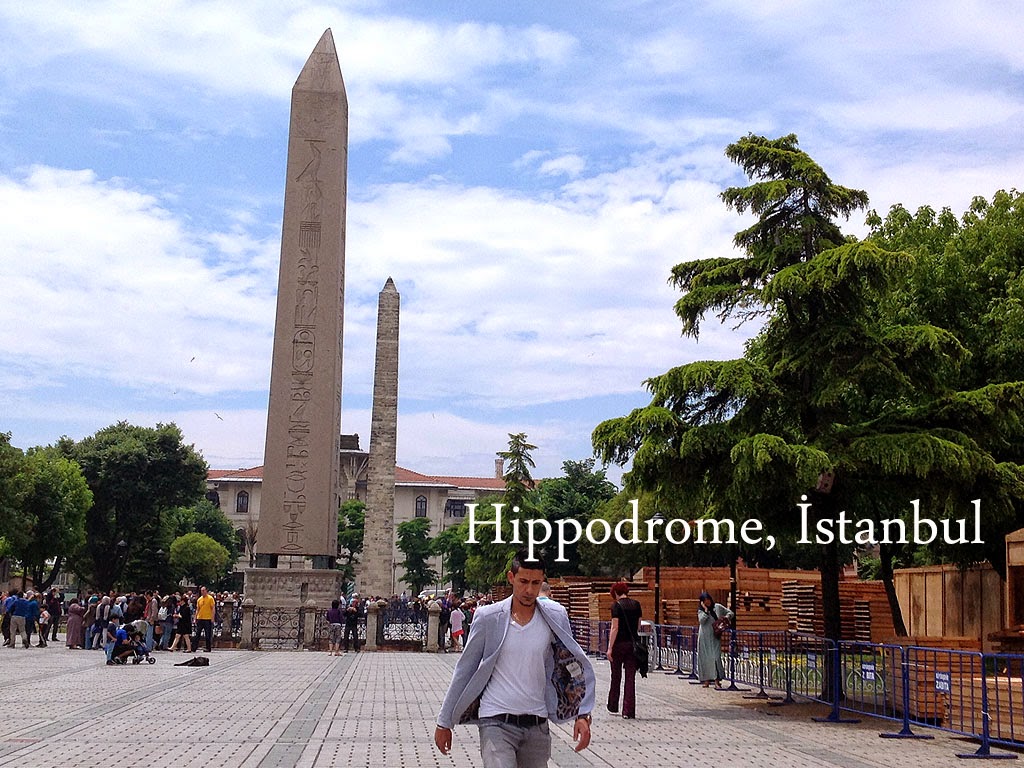








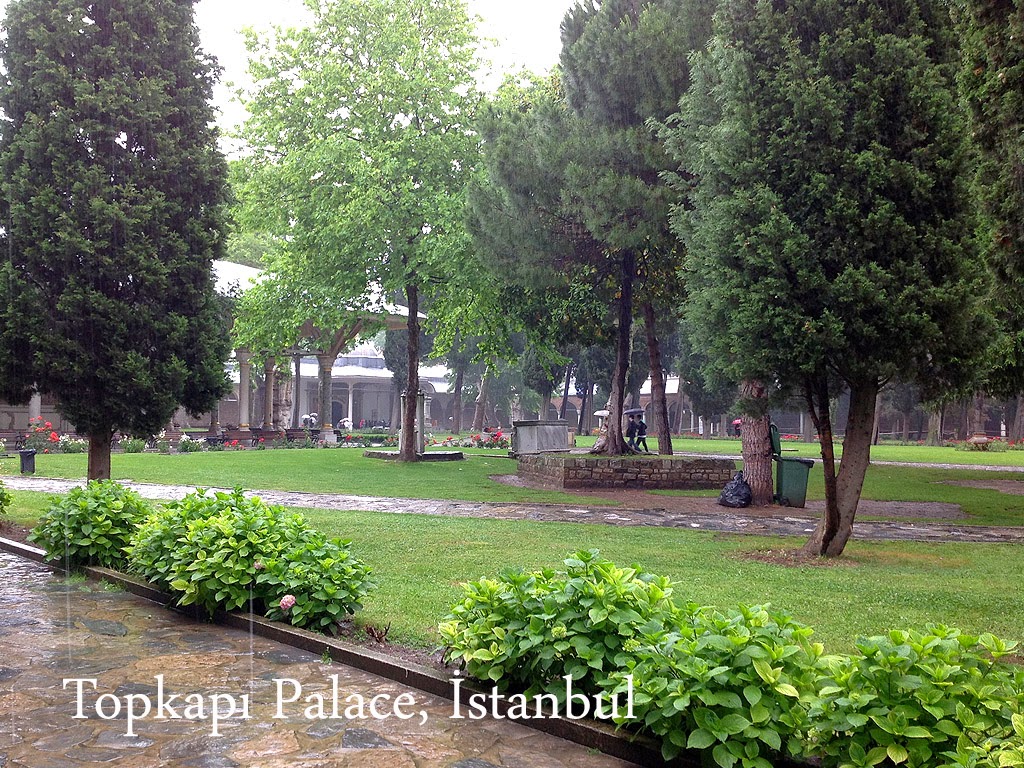
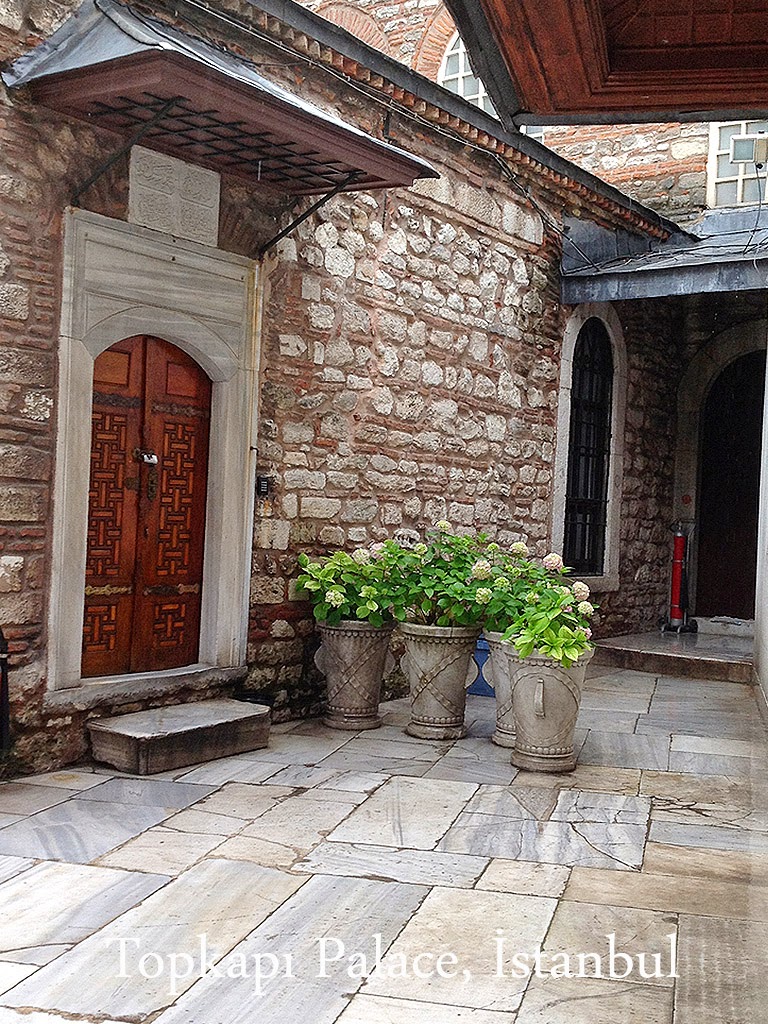



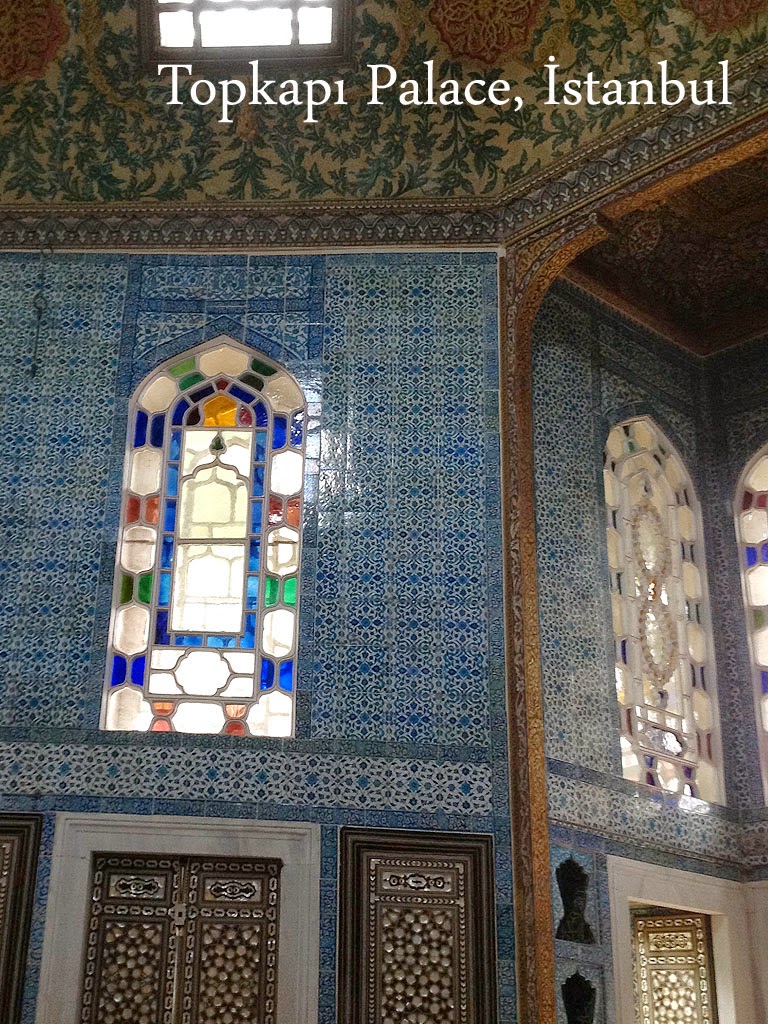
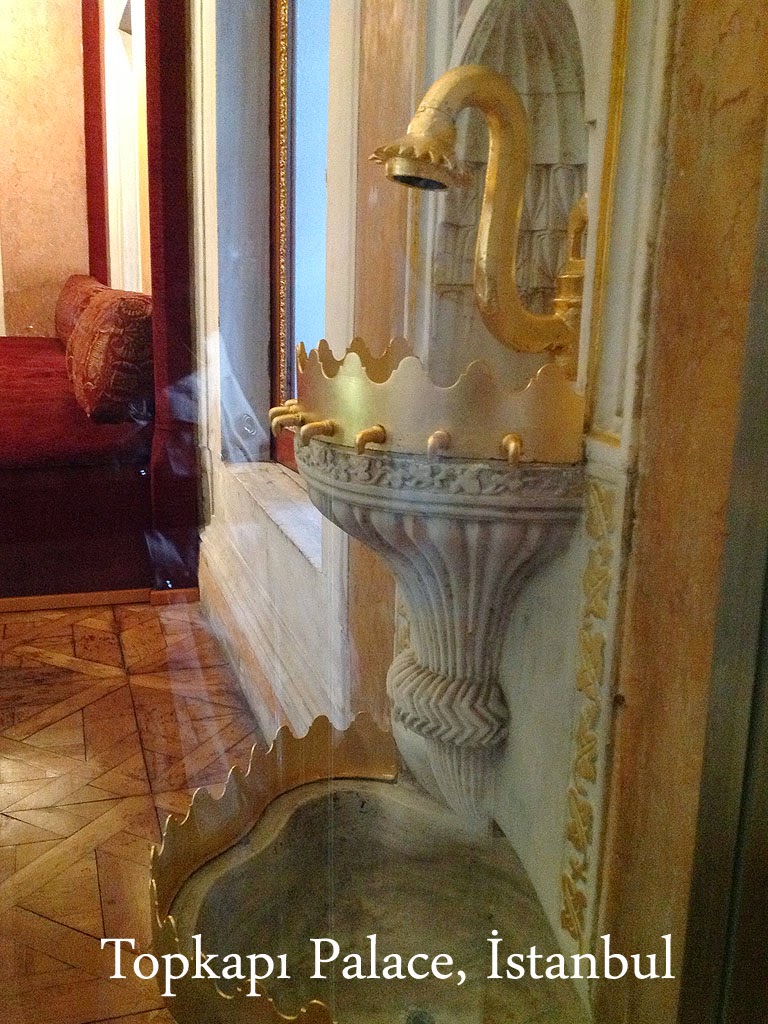


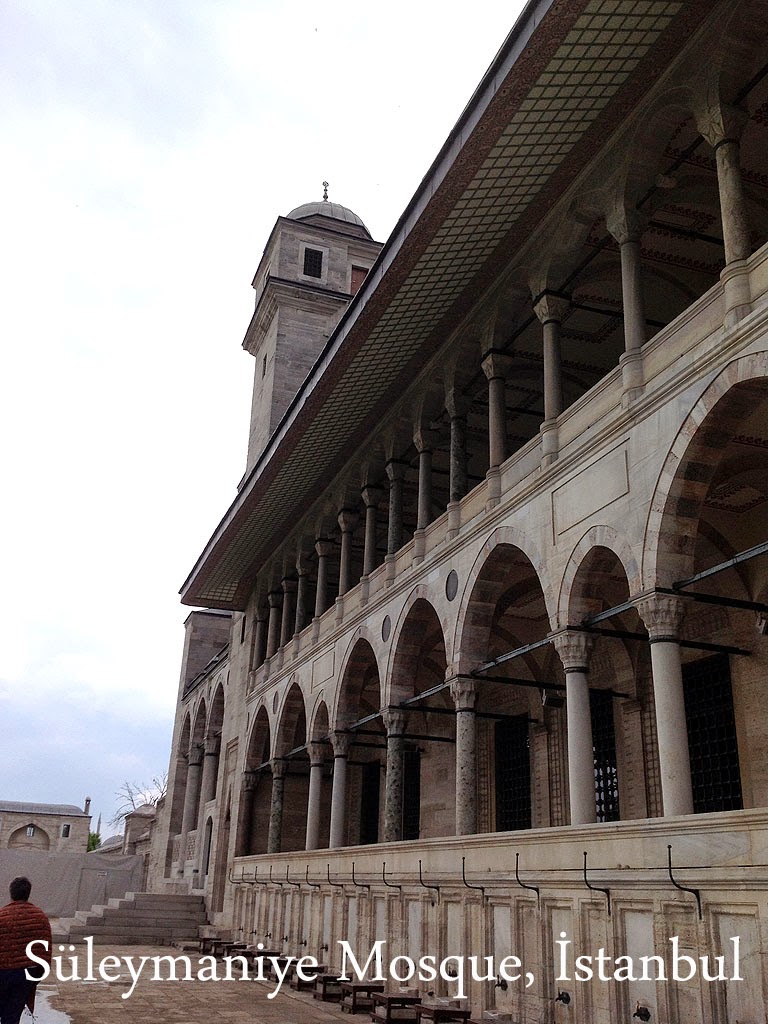


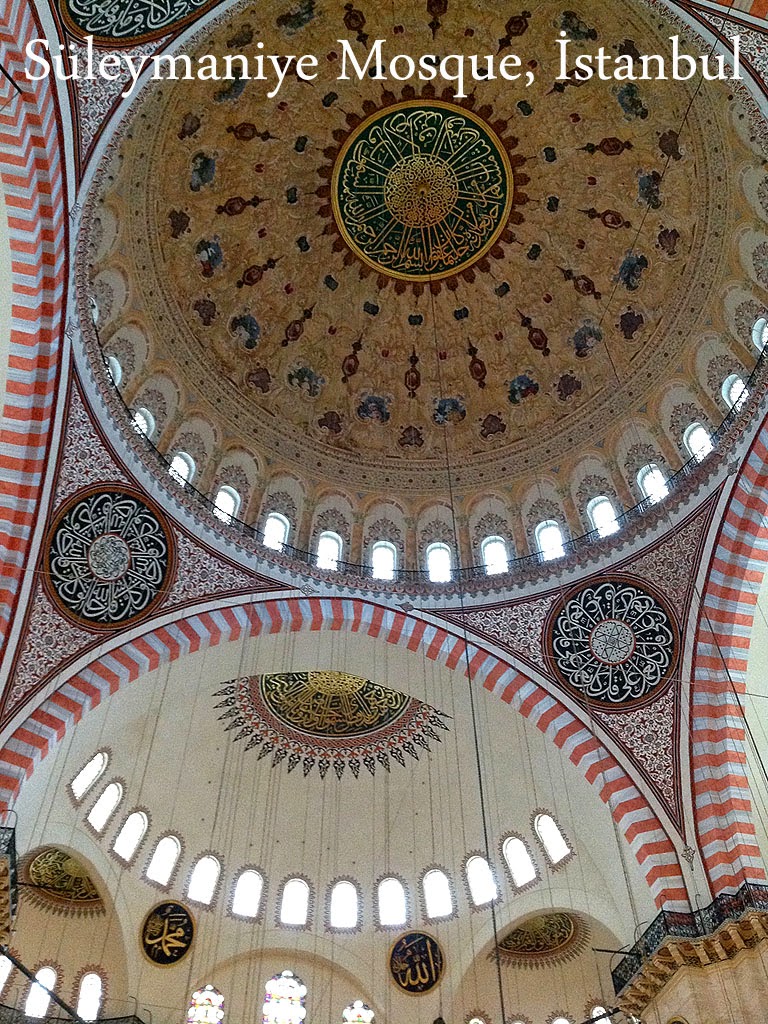
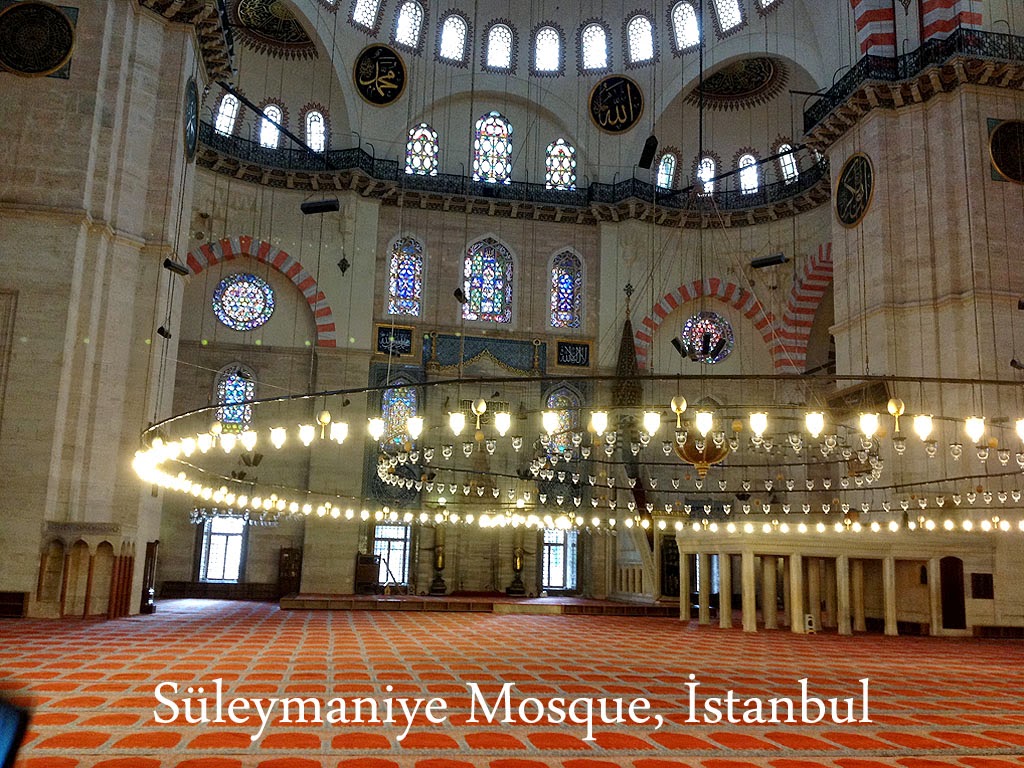
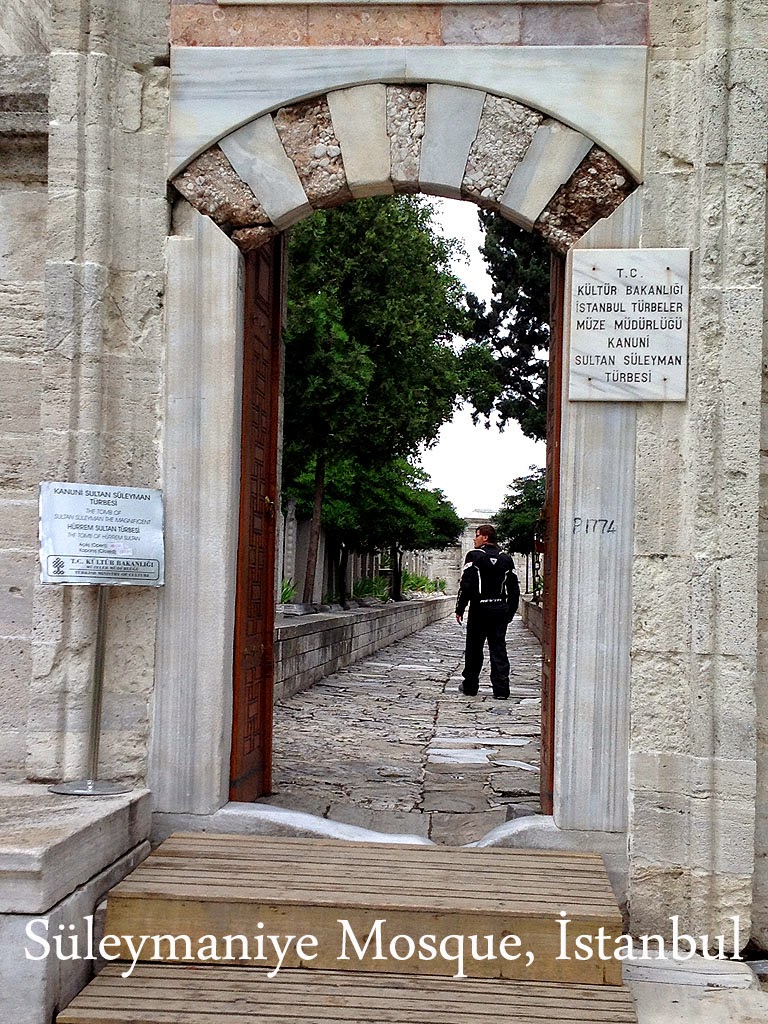


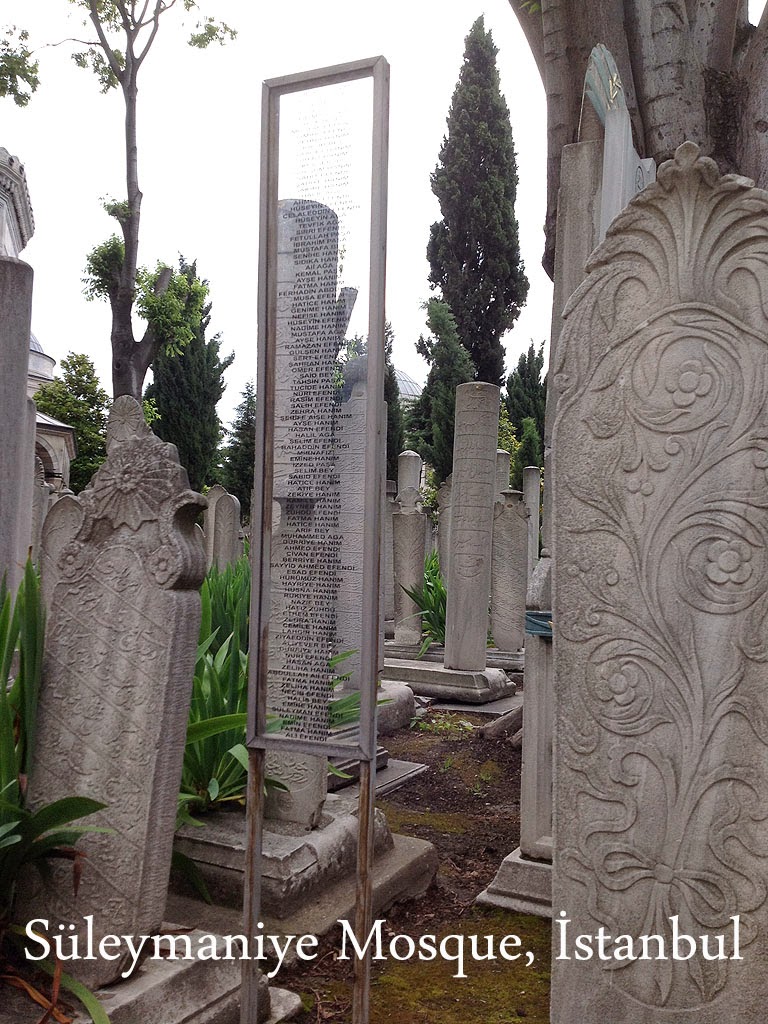

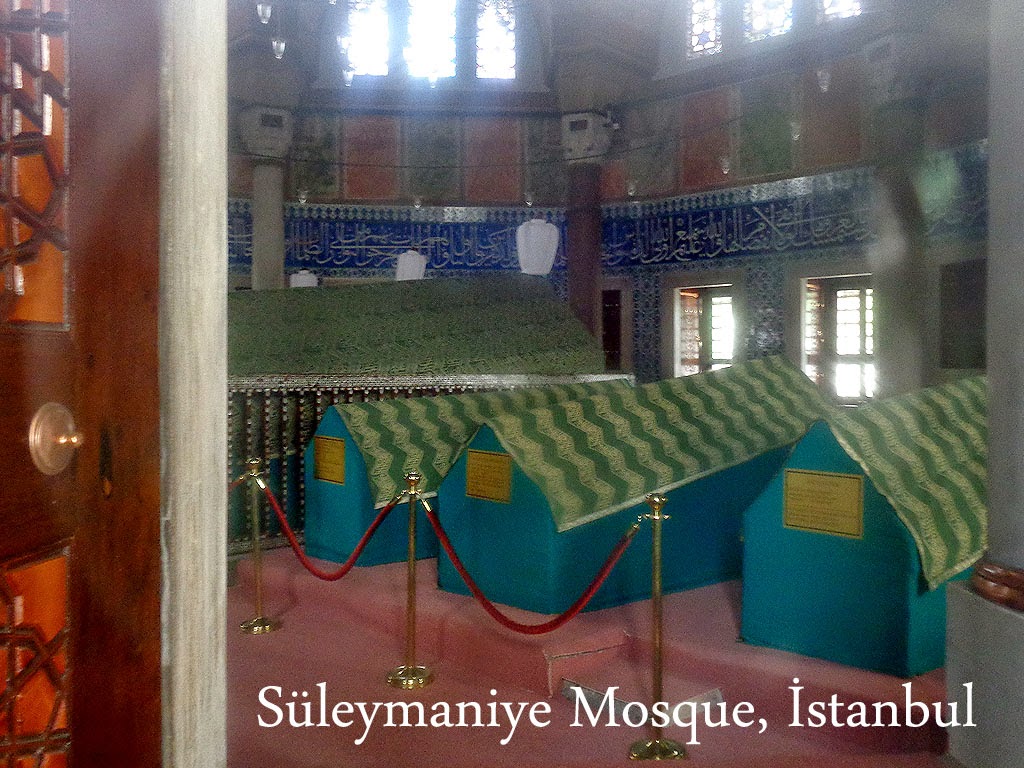

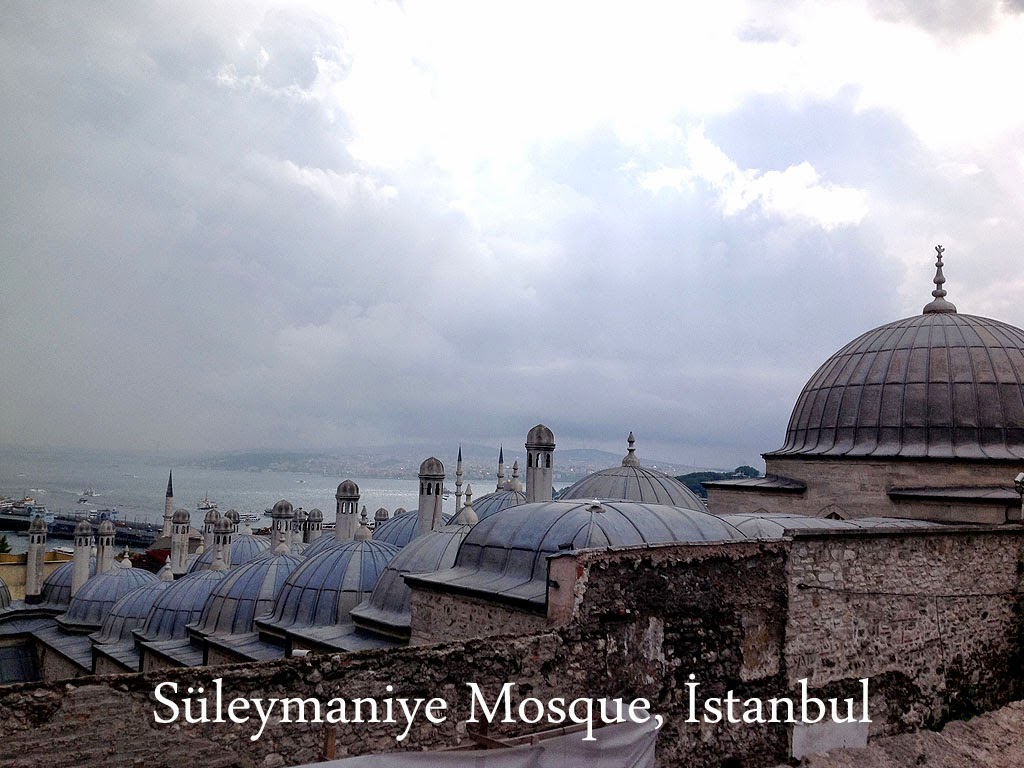





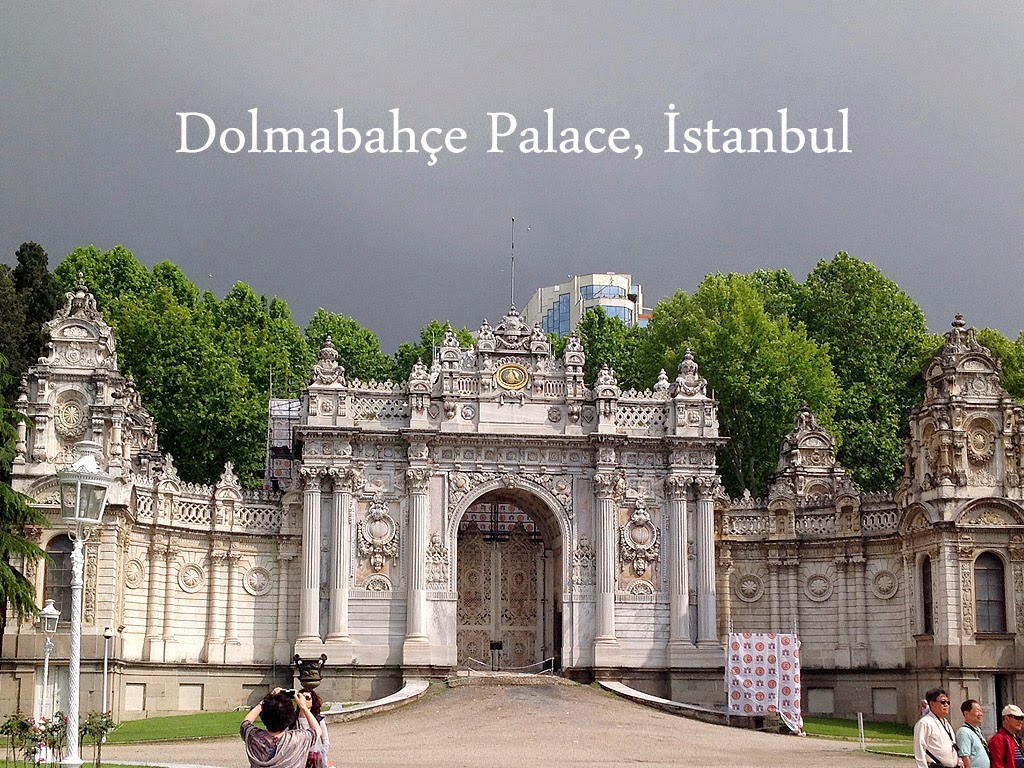



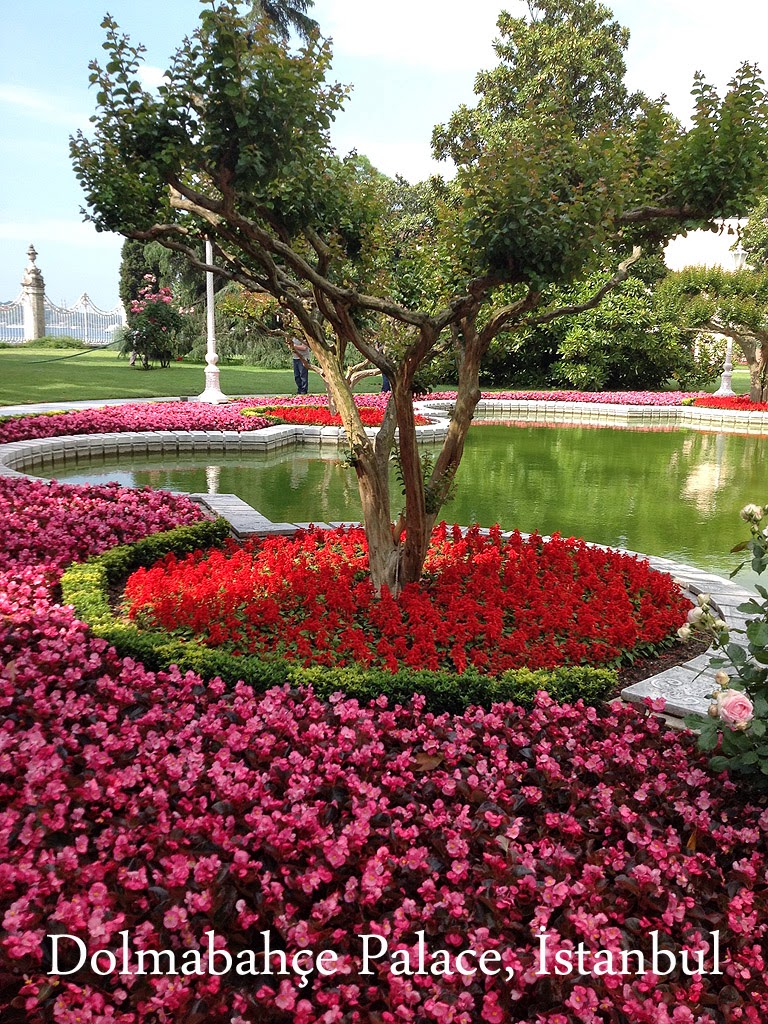




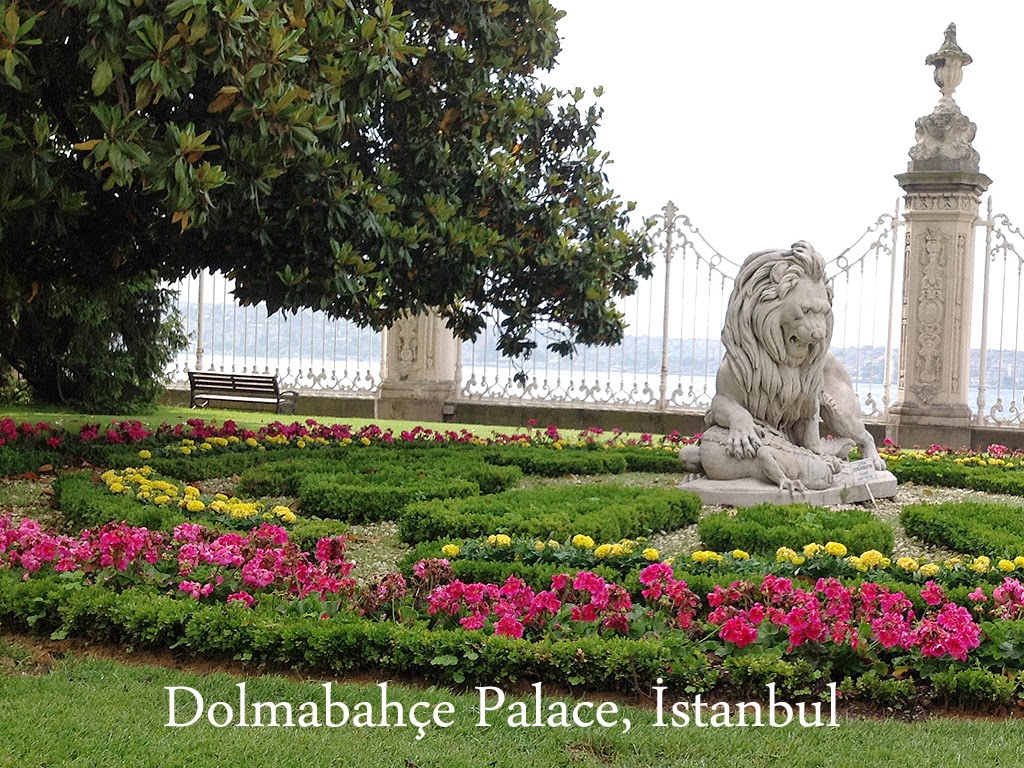


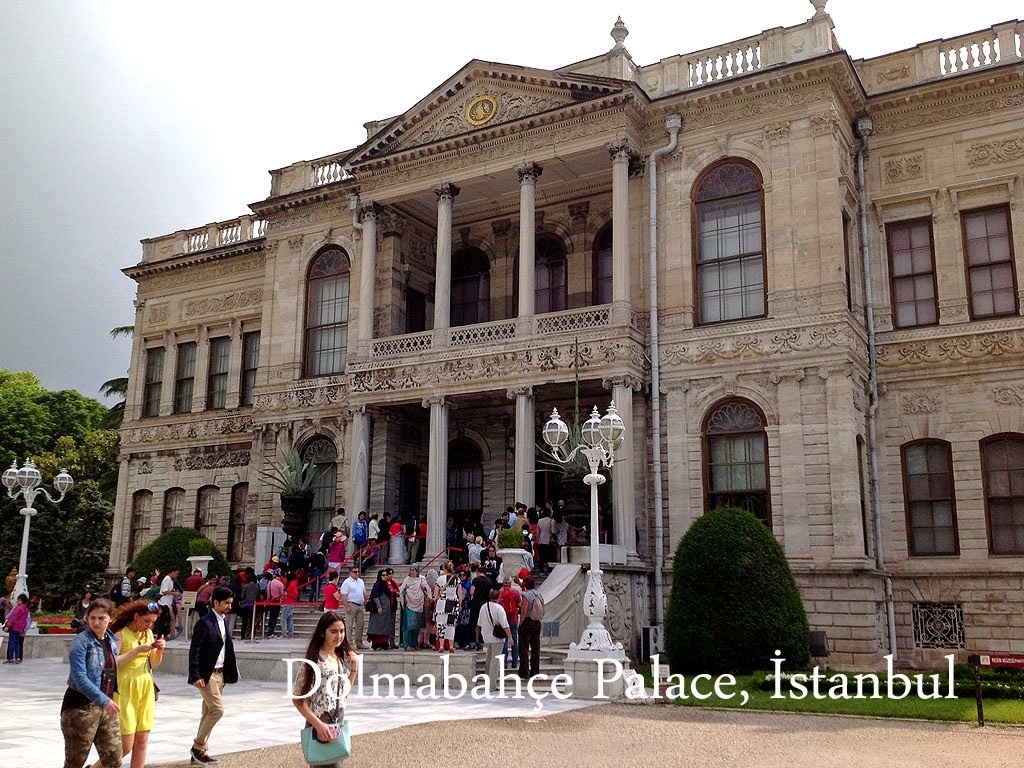
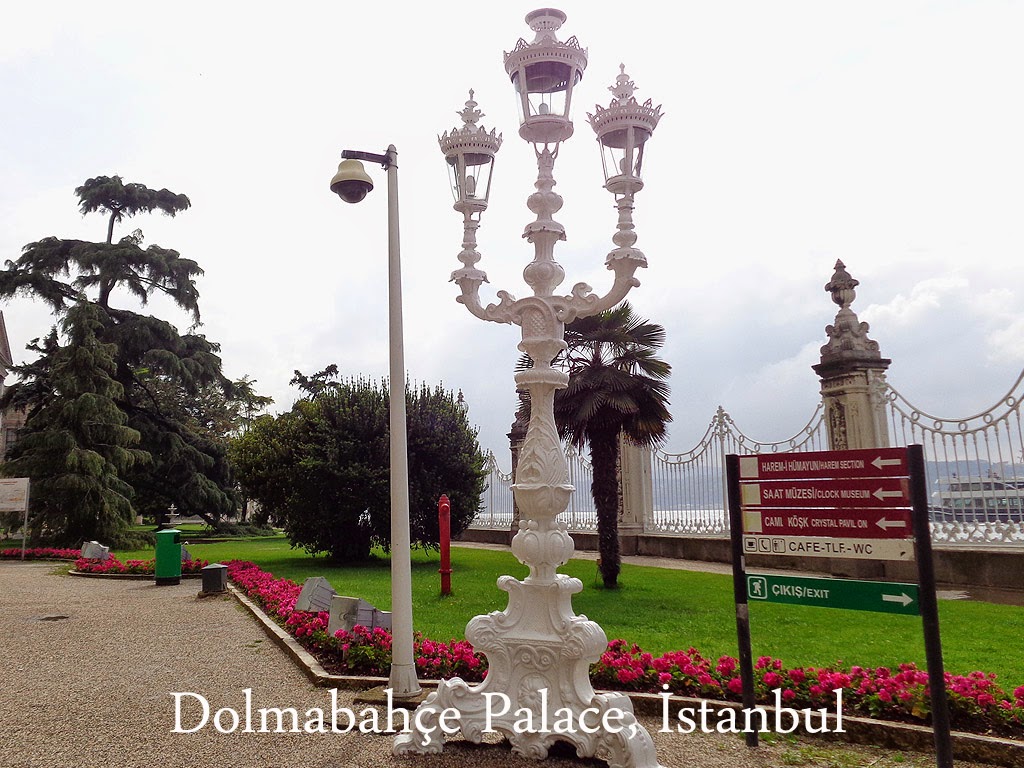
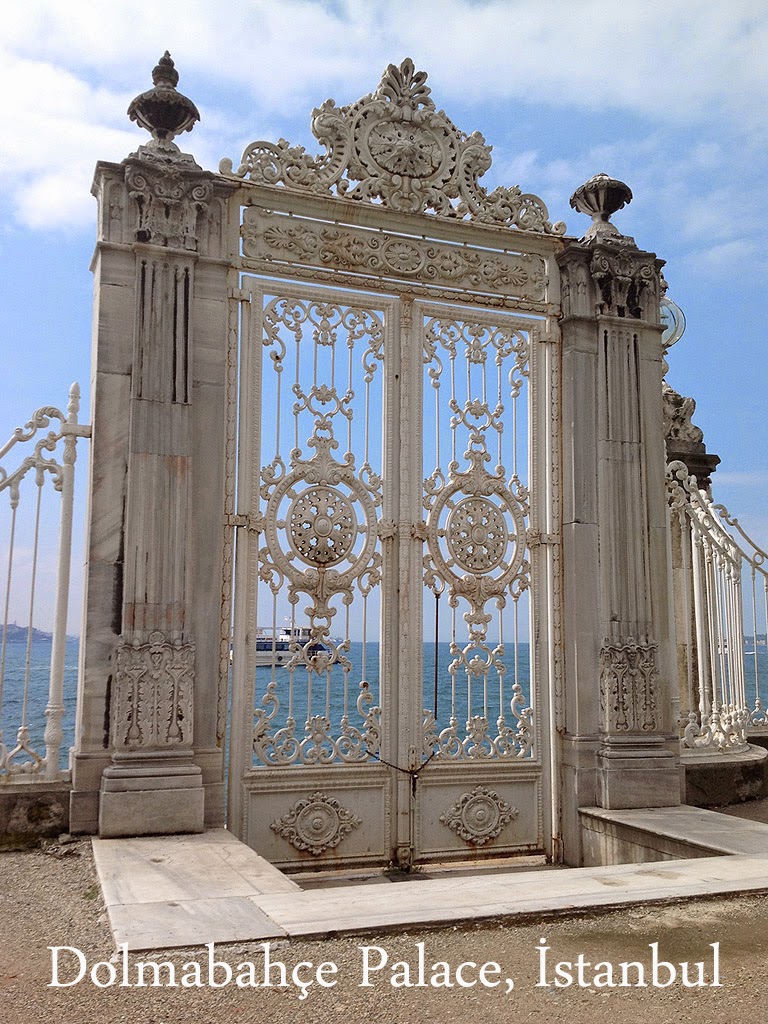


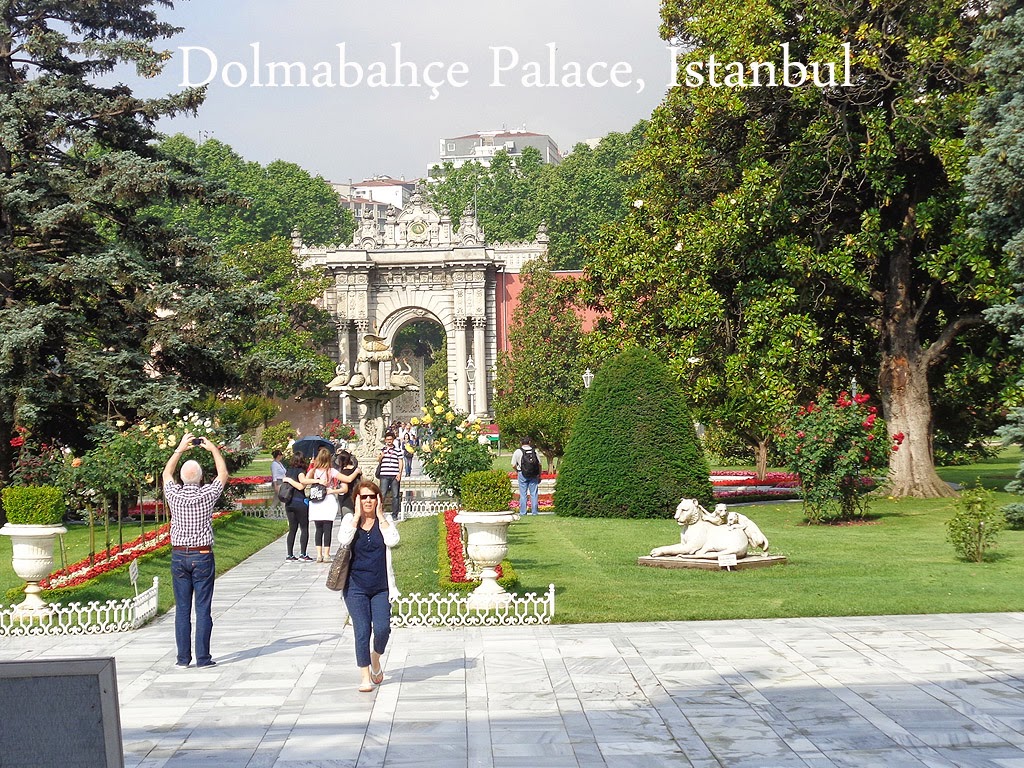
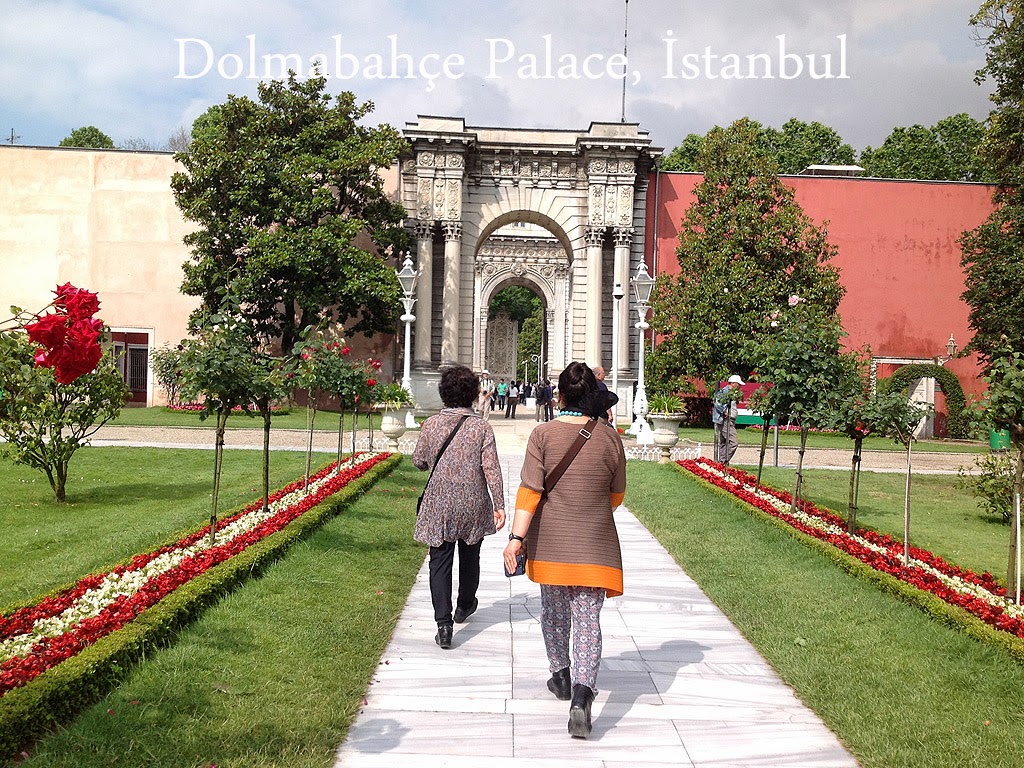

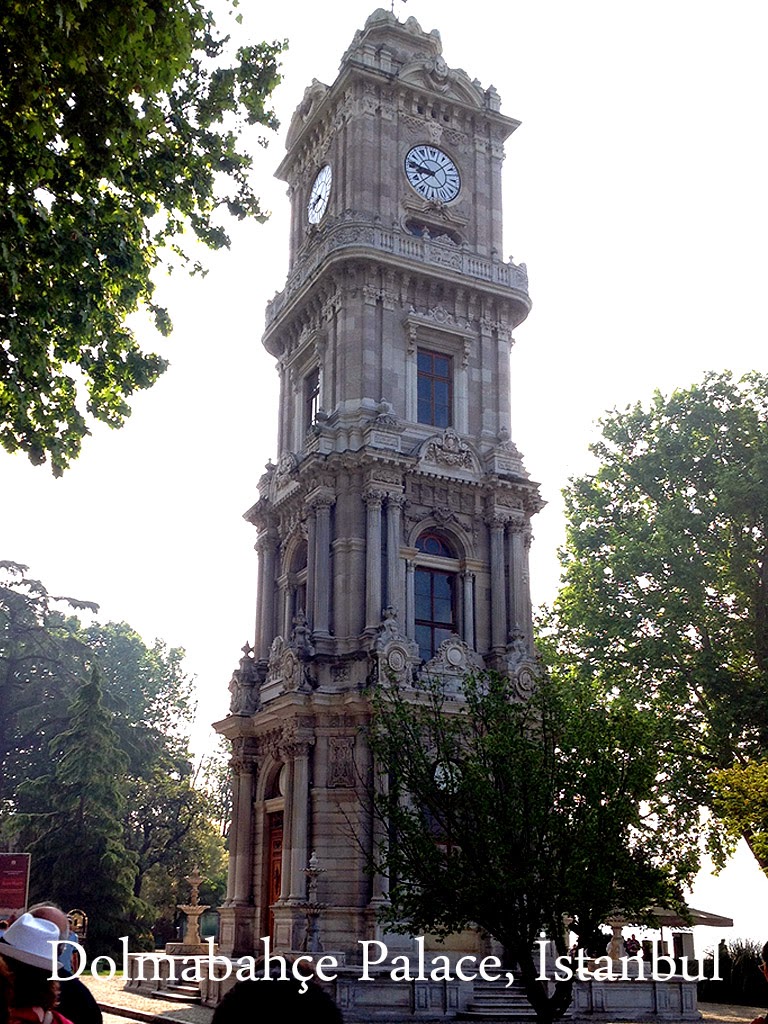


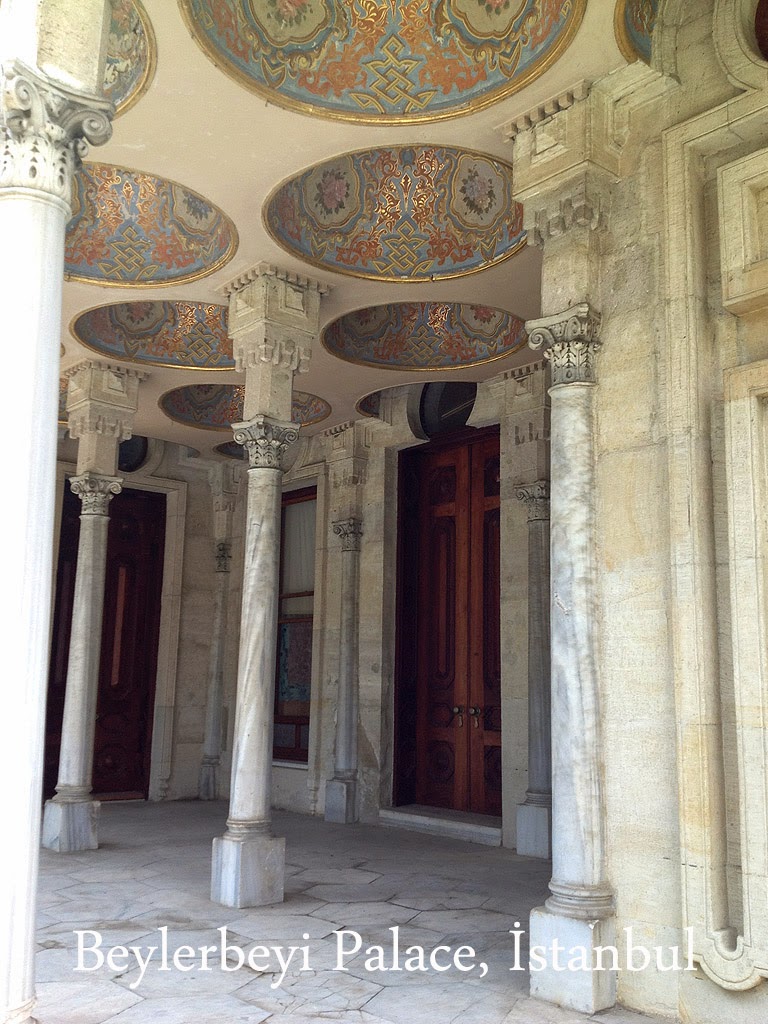
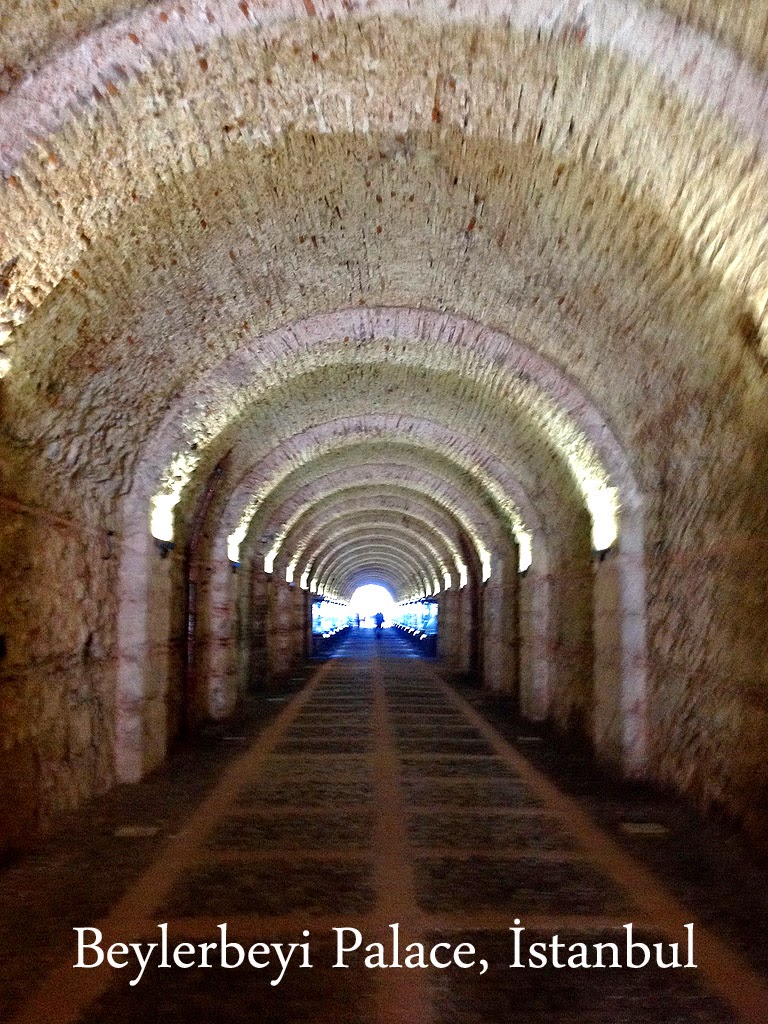




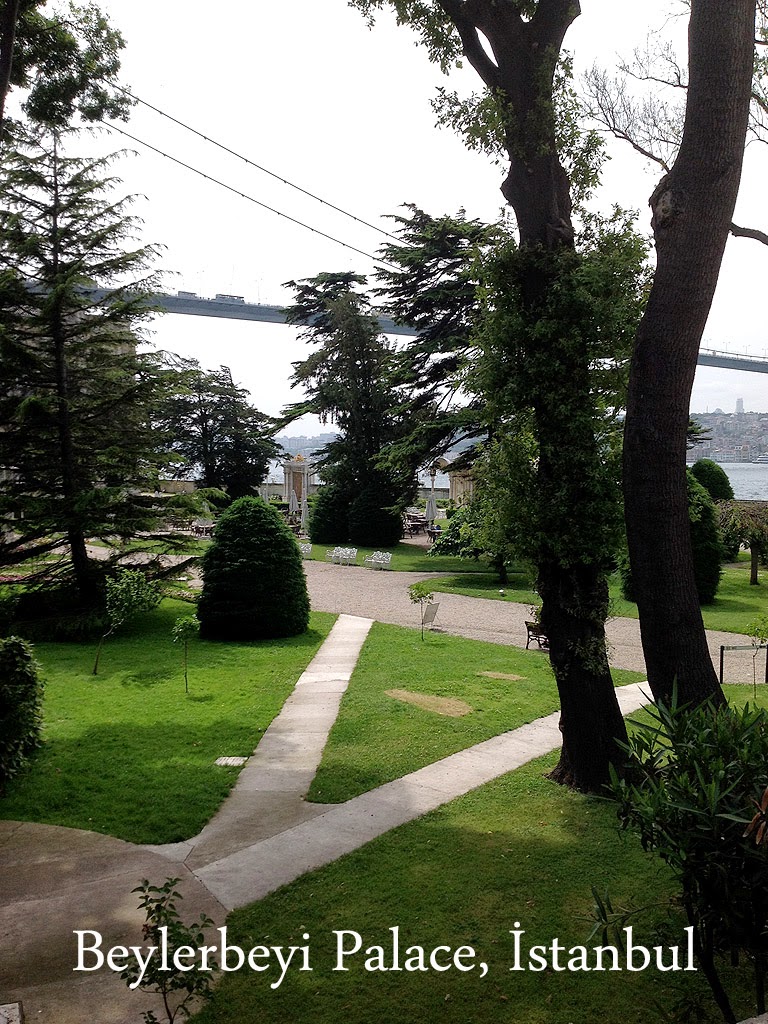


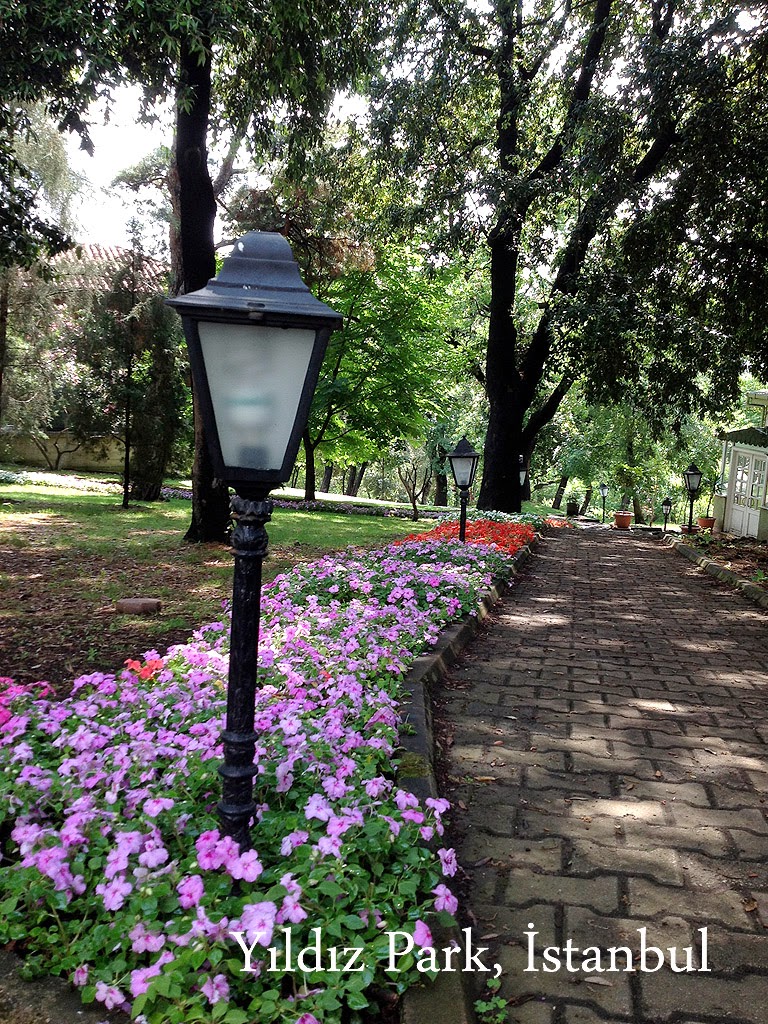




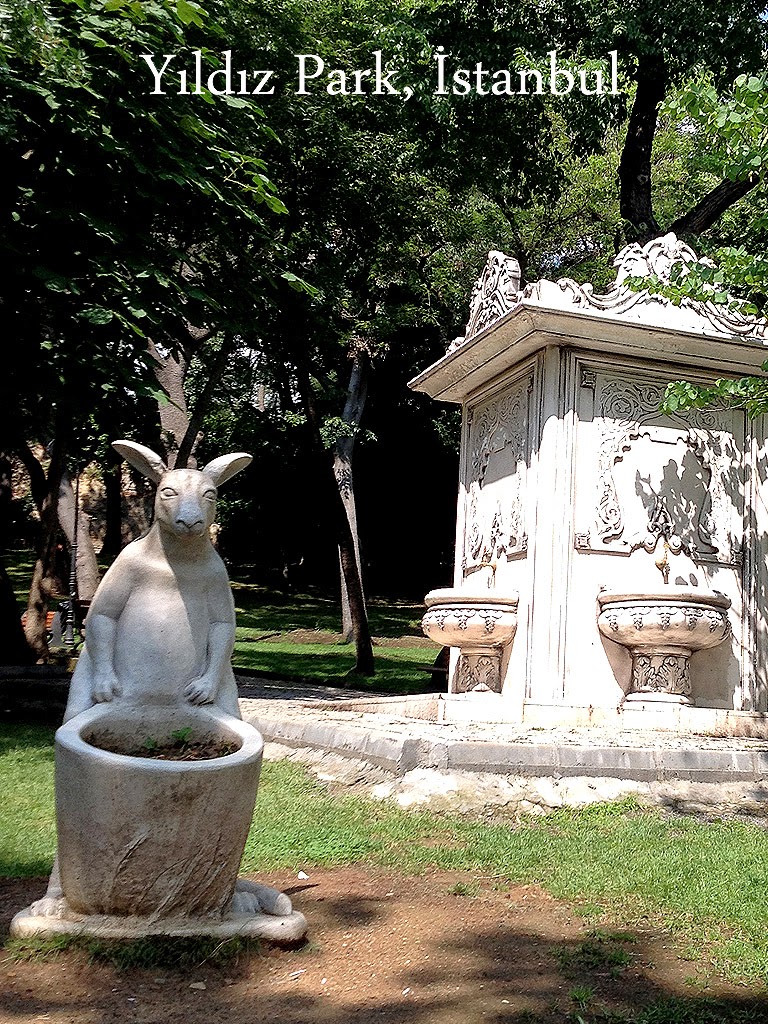
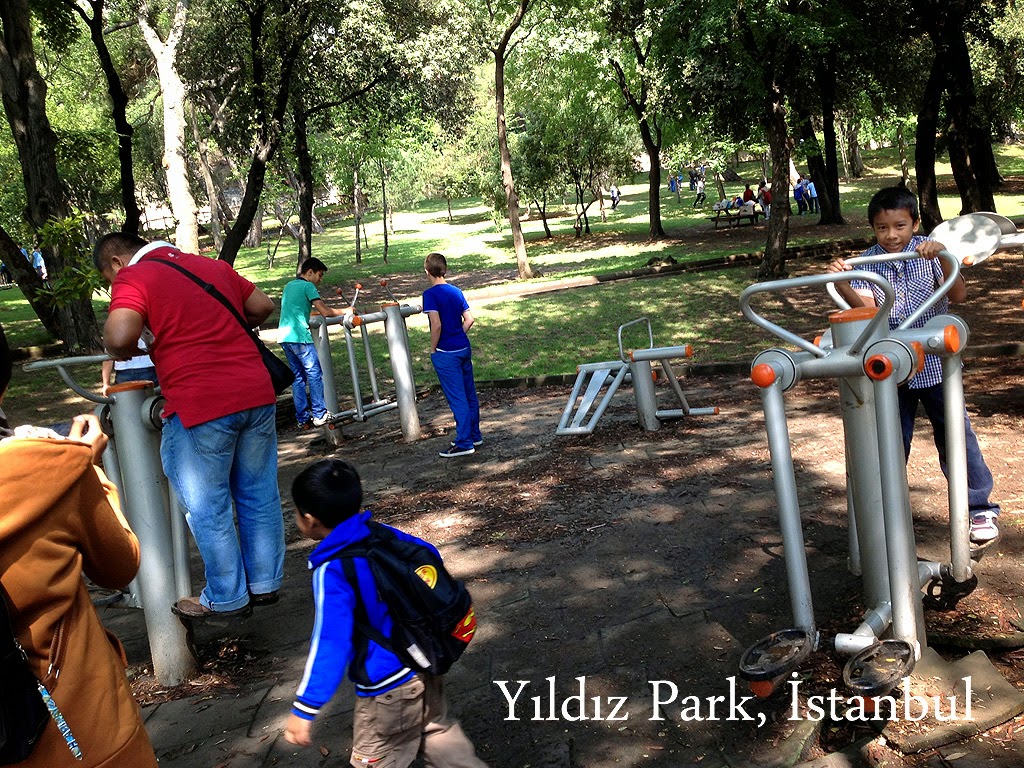

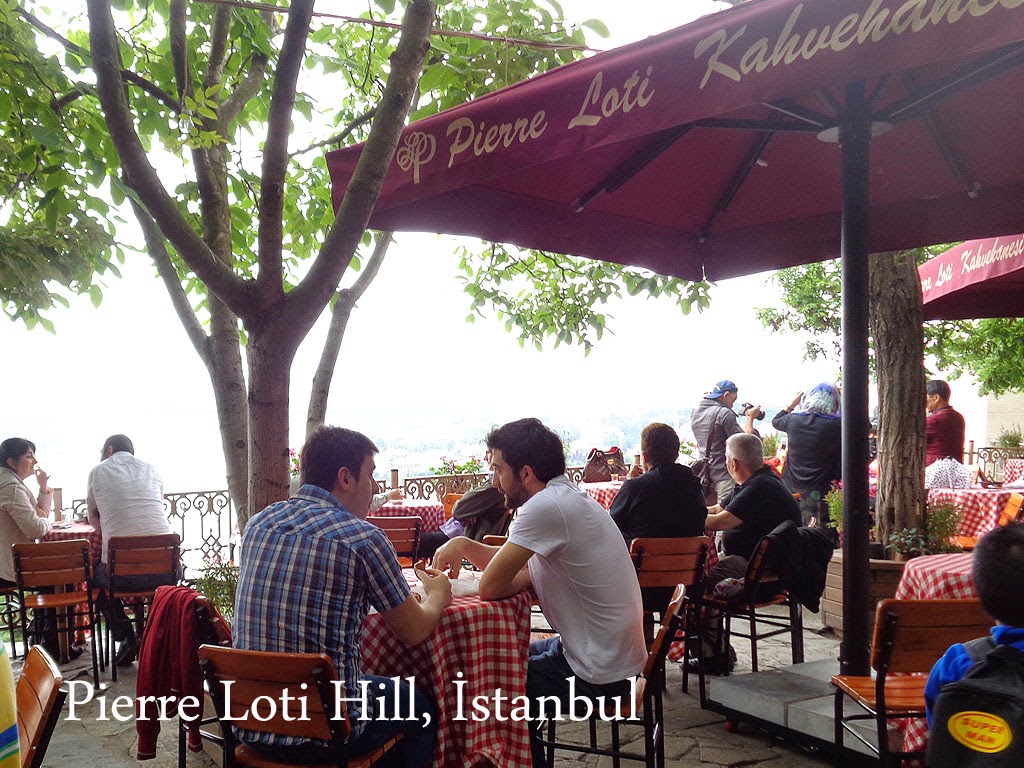














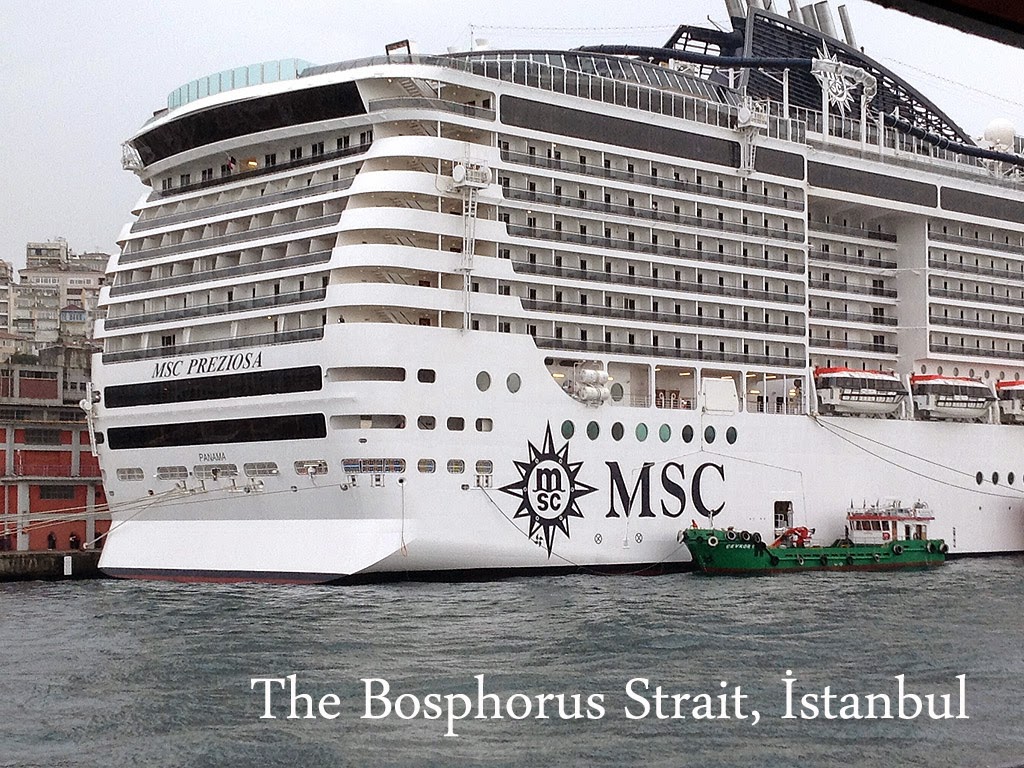



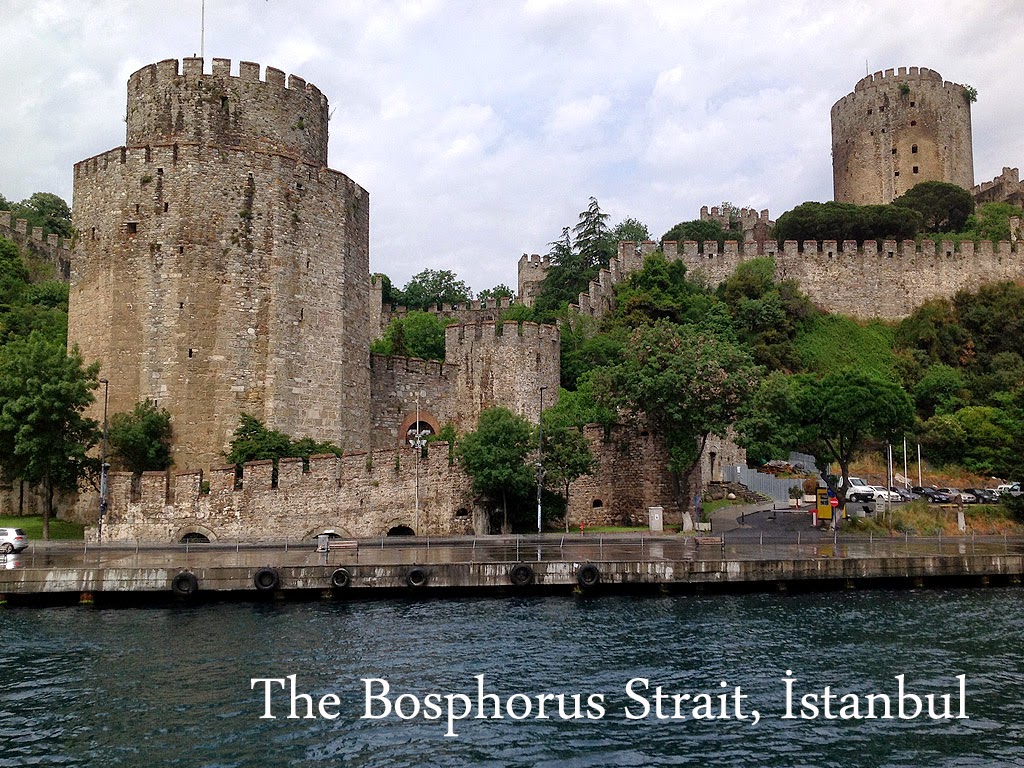

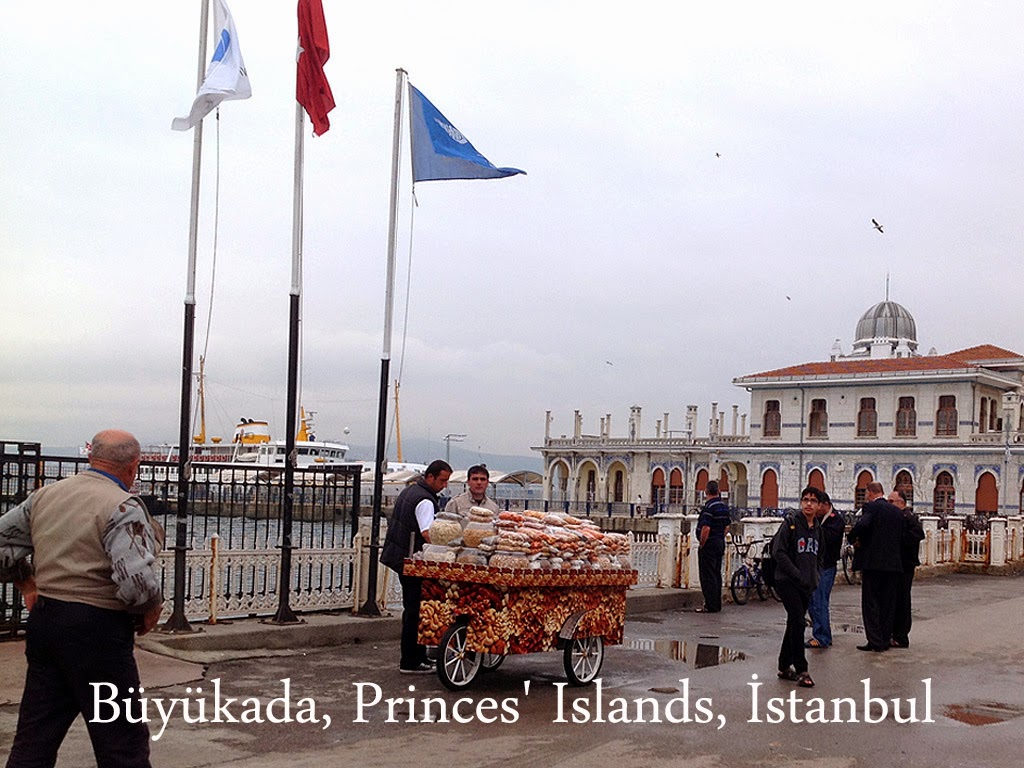



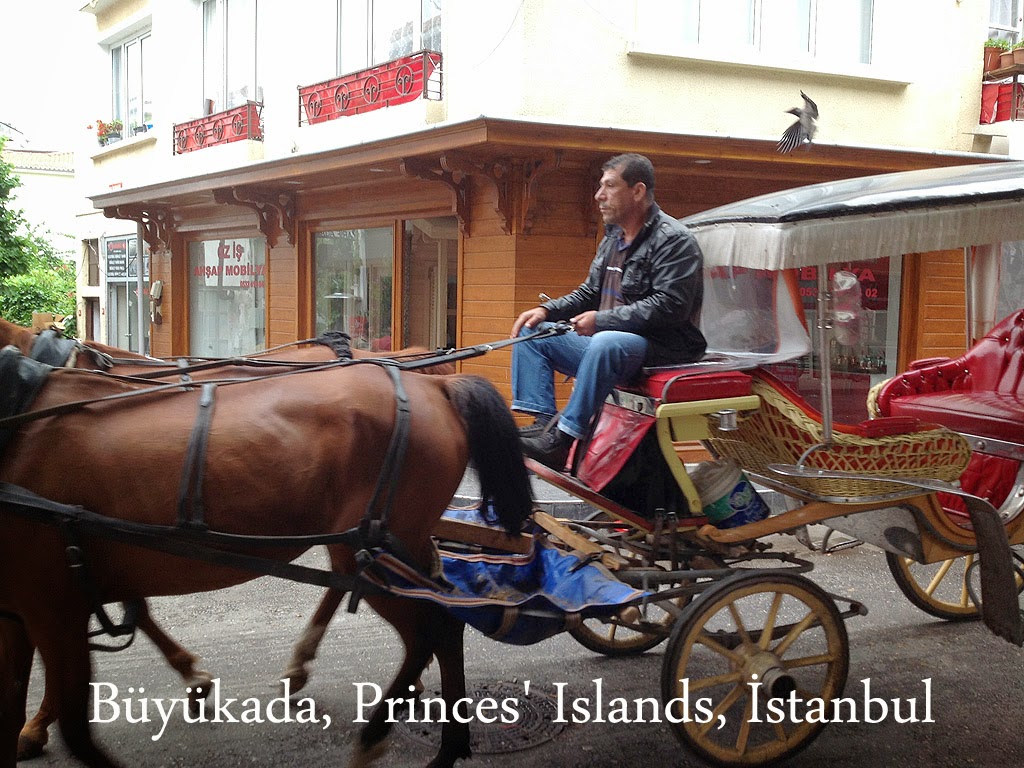


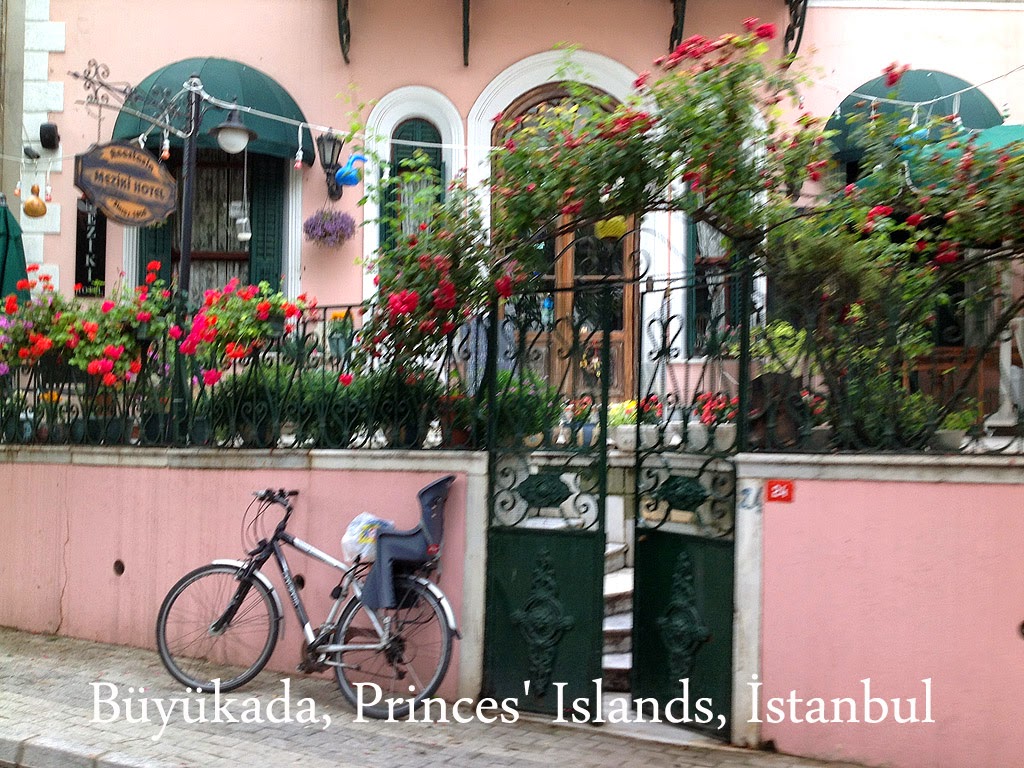




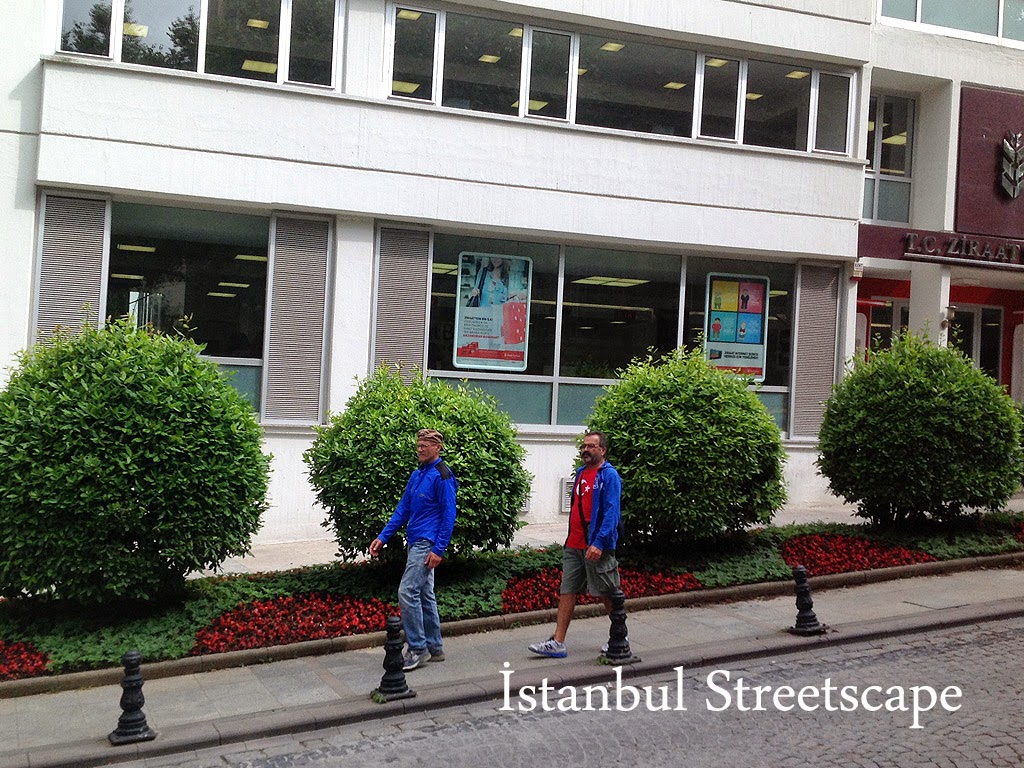
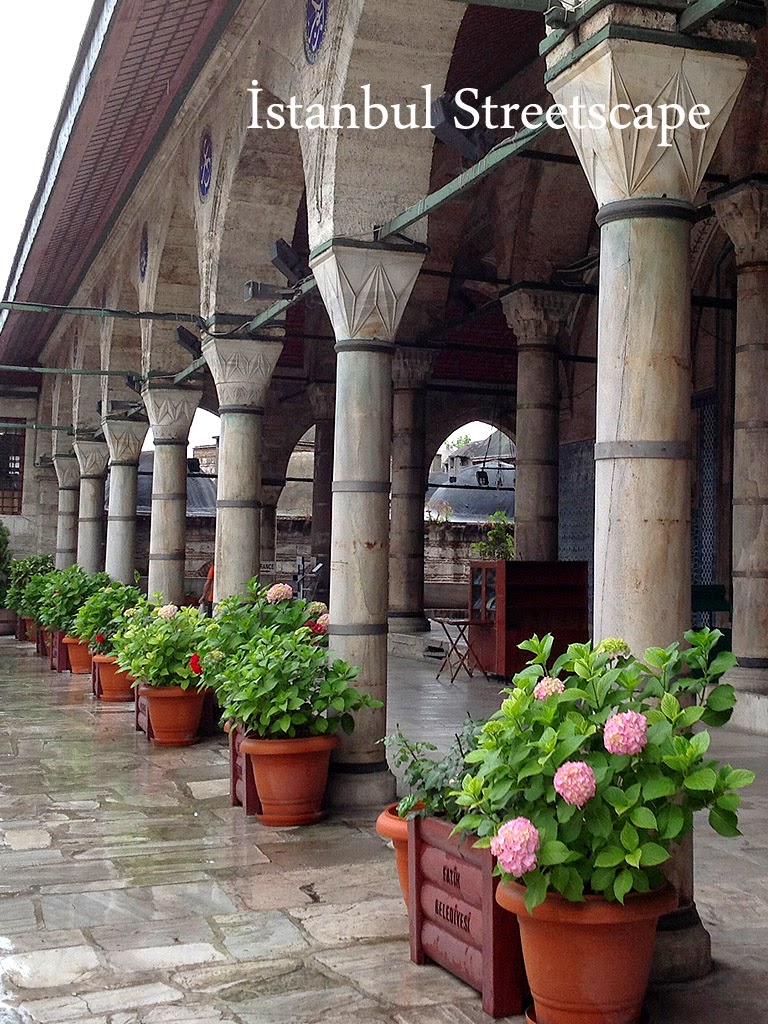










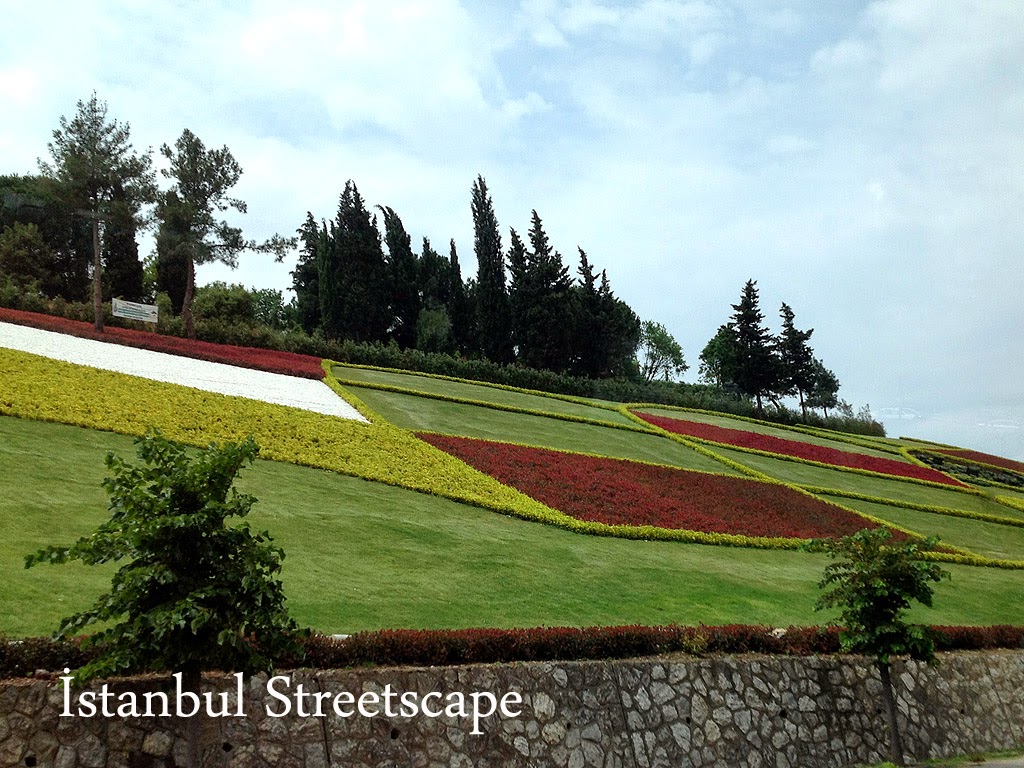






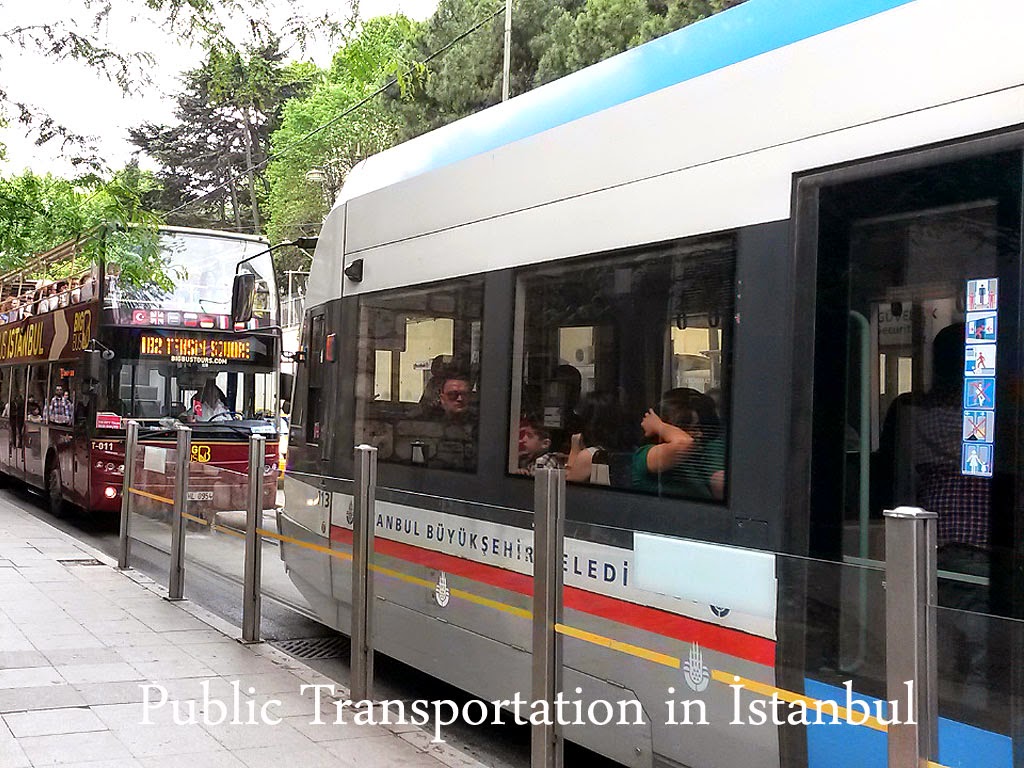








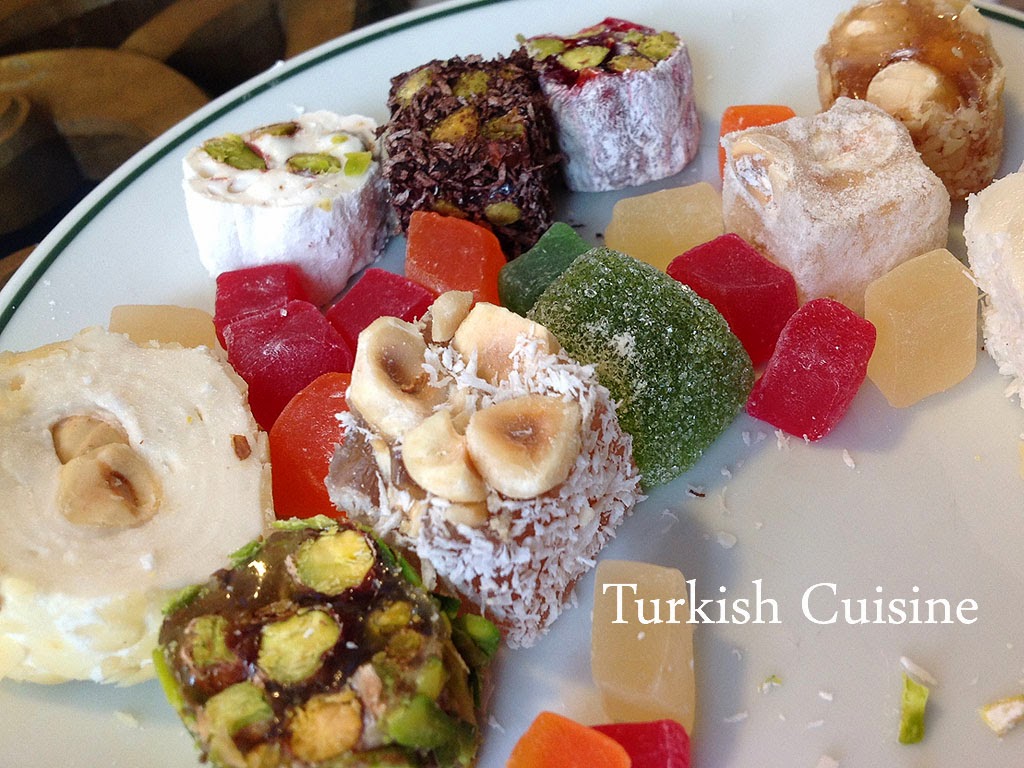


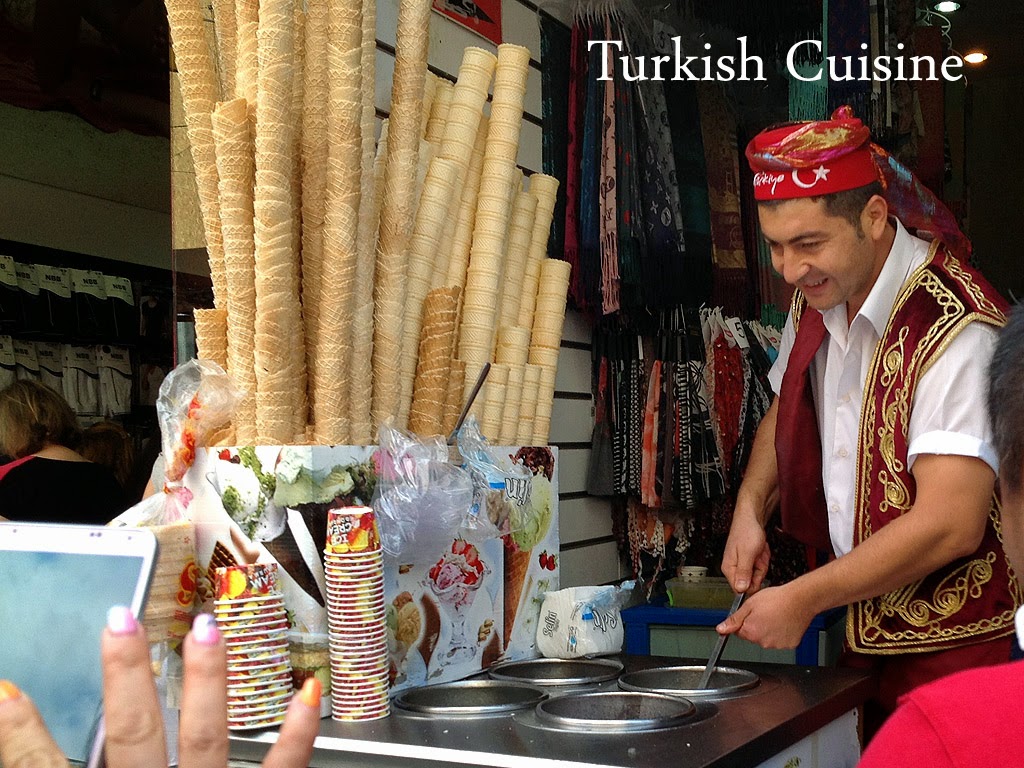
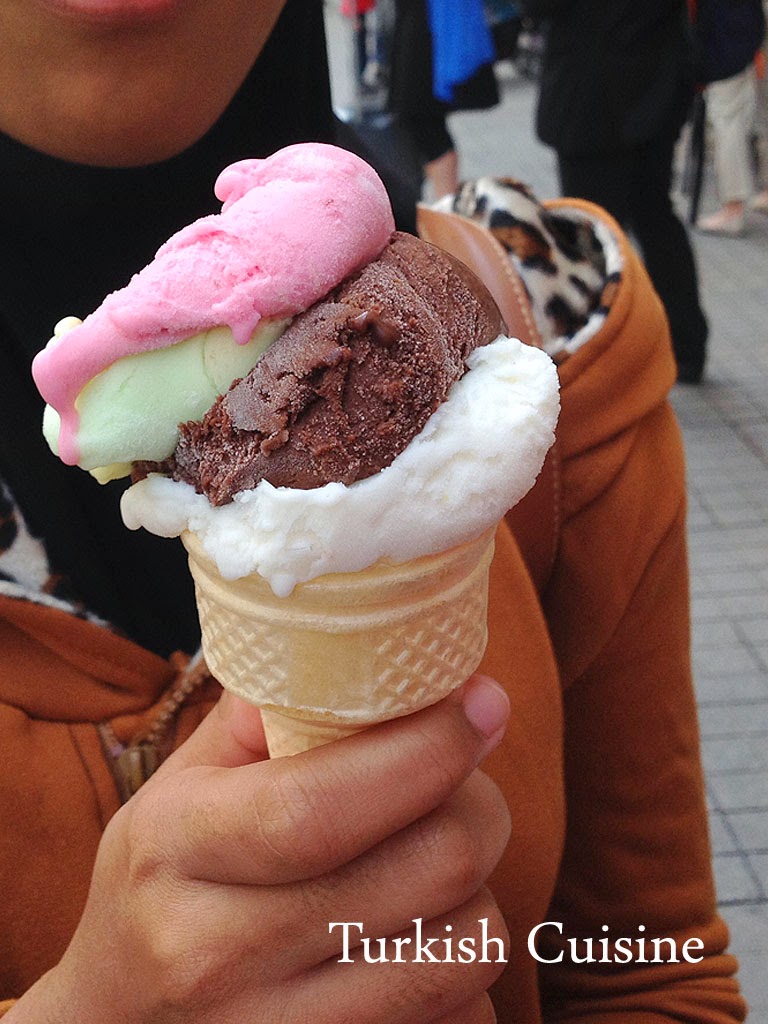
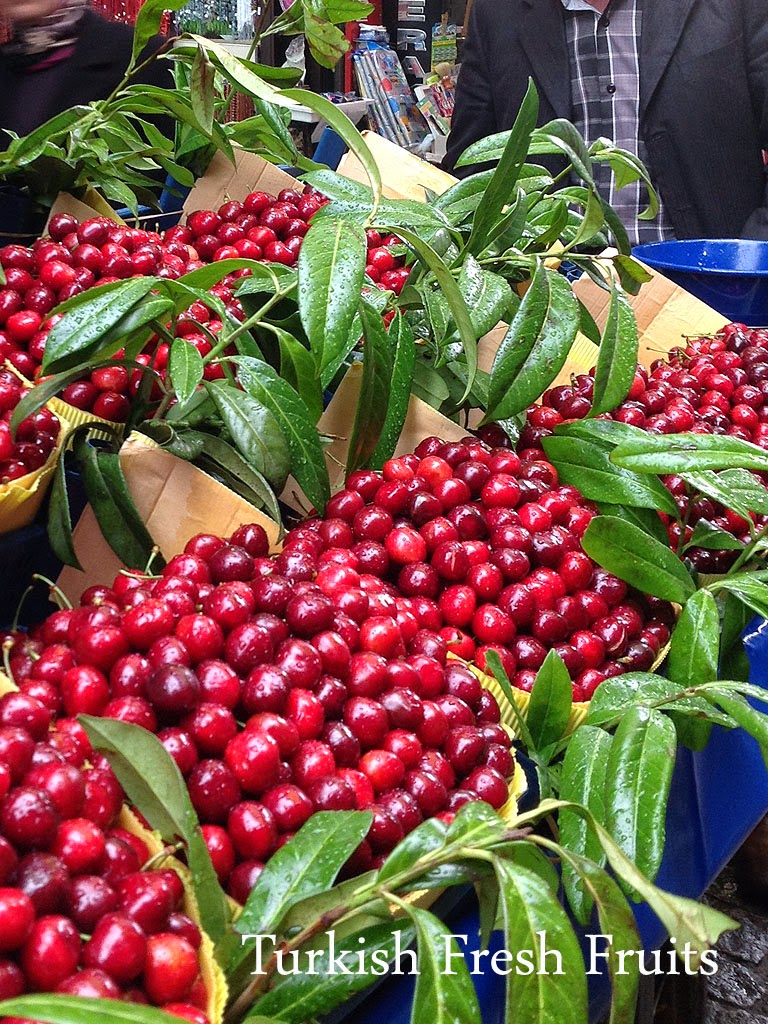



No comments:
Post a Comment